Summer period, our methods at the nursery: why they differ from what we do at home
Many of you ask us questions about our methods: why water with a hose rather than a cane, why prune mugo pines in the middle of summer? We even received a few comments after a video showing us watering with a lot of water.
We understand these reactions: the methods we use in production nurseries can be surprising when you're used to caring for bonsai at home. However, they meet very specific needs, and they are neither "less good" nor "less respectful" of the trees—quite the opposite.
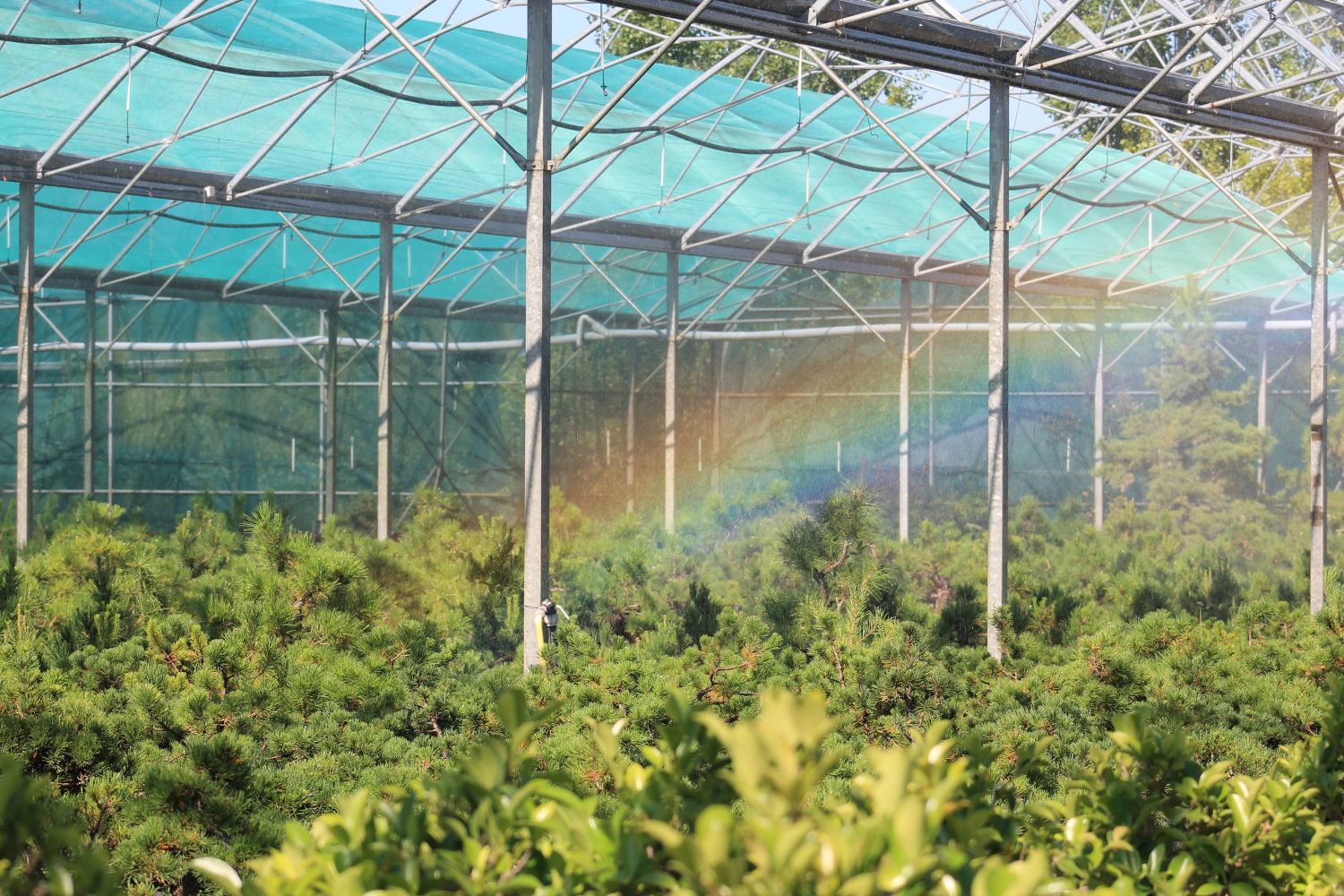
Watering: why not use cane watering here ?
For a private individual with a dozen bonsai, a watering cane is ideal : it delivers a gentle spray, allowing you to take your time and check each tree individually.
But in a nursery, the reality is quite different:
- Hundreds (or even thousands) of trees to water every day.
- Large areas to cover, with trees placed at different distances.
- A huge cost in time and labor if using a low-flow nozzle.
We therefore work in a combined manner :
- Automatic sprinkler irrigation, which covers a large portion of the nursery and ensures a regular supply.
- Manual hose irrigation is essential for monitoring the actual condition of the substrate and targeting specific trees with specific needs.
With the classic hose, we can adapt the pressure according to needs :
- A more powerful jet to reach more distant trees.
- A softer, closer jet for fragile small pots.
- A speed that avoids having to keep someone busy for hours at a time.
Contrary to what you might think, this isn't a waste of water : we water only as much as necessary, until the substrate is thoroughly moistened. A rain shower that's too light would often remain on the surface, requiring longer irrigation times and therefore using more water.
For you : a spray rod is perfect.
For us : sprinkler + hand hose = efficiency and precision.
Sustainable water management
Water is a precious resource, and we strive to use it responsibly. Our nursery benefits from the proximity of the Lot River, the river that borders the nursery, from which we collect water, which is then stored in a retention lake. This system allows us to water our trees using a local, renewable resource, without unnecessarily straining the public network. It's a concrete way to reconcile professional efficiency and respect for the environment.
Pruning mugo pines: why we do it in August
Another point that often surprises us is our choice to prune mugo pines in the middle of summer. Here again, it's a question of adaptation.
- Normally (for a private individual) : Mugo pines are pruned in spring (May-June), after the candles have lengthened. This is the safest time, allowing for control of vigor and balanced growth.
- In our nursery, we often choose the month of August. Why? Because the summer heat promotes excellent recovery, and the following year's buds are already beginning to form. This allows for a more uniform reaction on our trees.
It's also a question of organization and costs : managing several hundred pines at a time requires a different work schedule than that of an amateur who can focus on one or two trees whenever they want.
Two contexts, two methods, one objective
The important thing to remember is that our methods are not in opposition to those you practice at home. They are simply adapted to two different realities:
- At home : a few bonsai, plenty of time to observe them one by one, and tools adapted to precision.
- In the nursery : hundreds of trees, constraints of time, labor, and cost, an automatic watering system supplemented by targeted manual care.
But the goal remains the same: healthy, well-maintained bonsai that will continue to grow harmoniously.
In summary
When you watch our videos, keep in mind that our techniques are designed for the nursery, with its space and organizational constraints.
At home, take your time, adapt your methods to your own pace and to your few trees: it will be just as effective.
In both cases, one thing remains the same: the care, attention, and respect for the tree. And that's what bonsai trees feel and give back to you.


 Production of French Bonsai
Production of French Bonsai


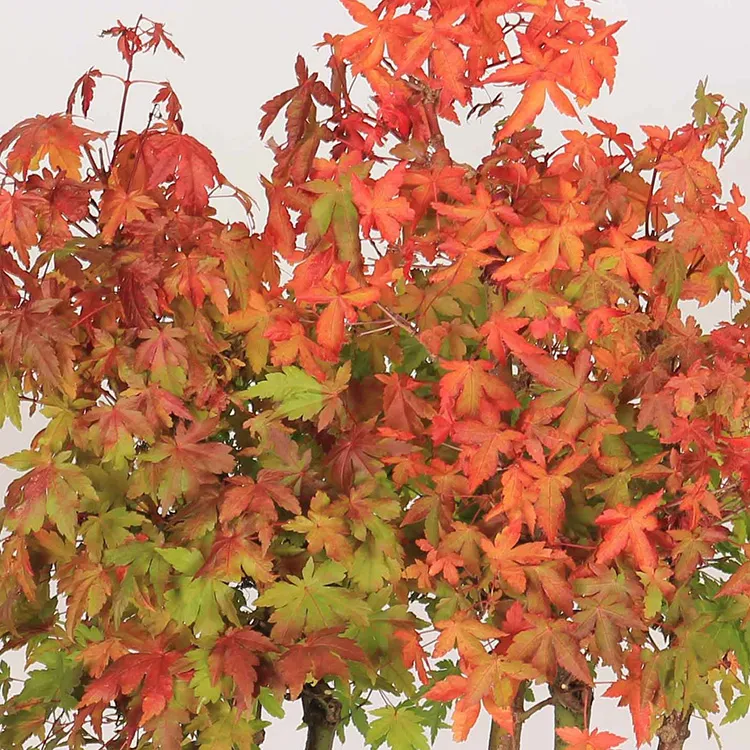
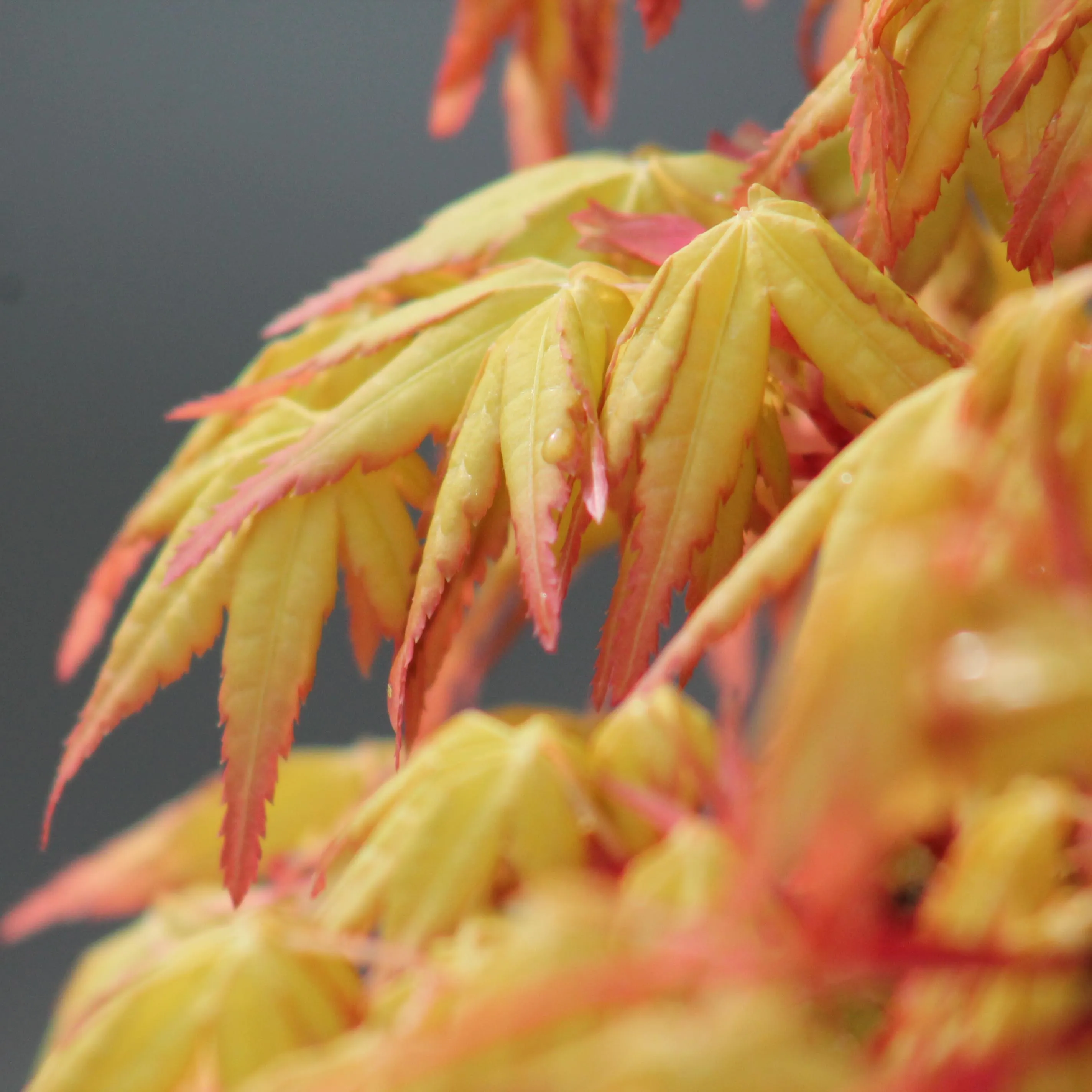

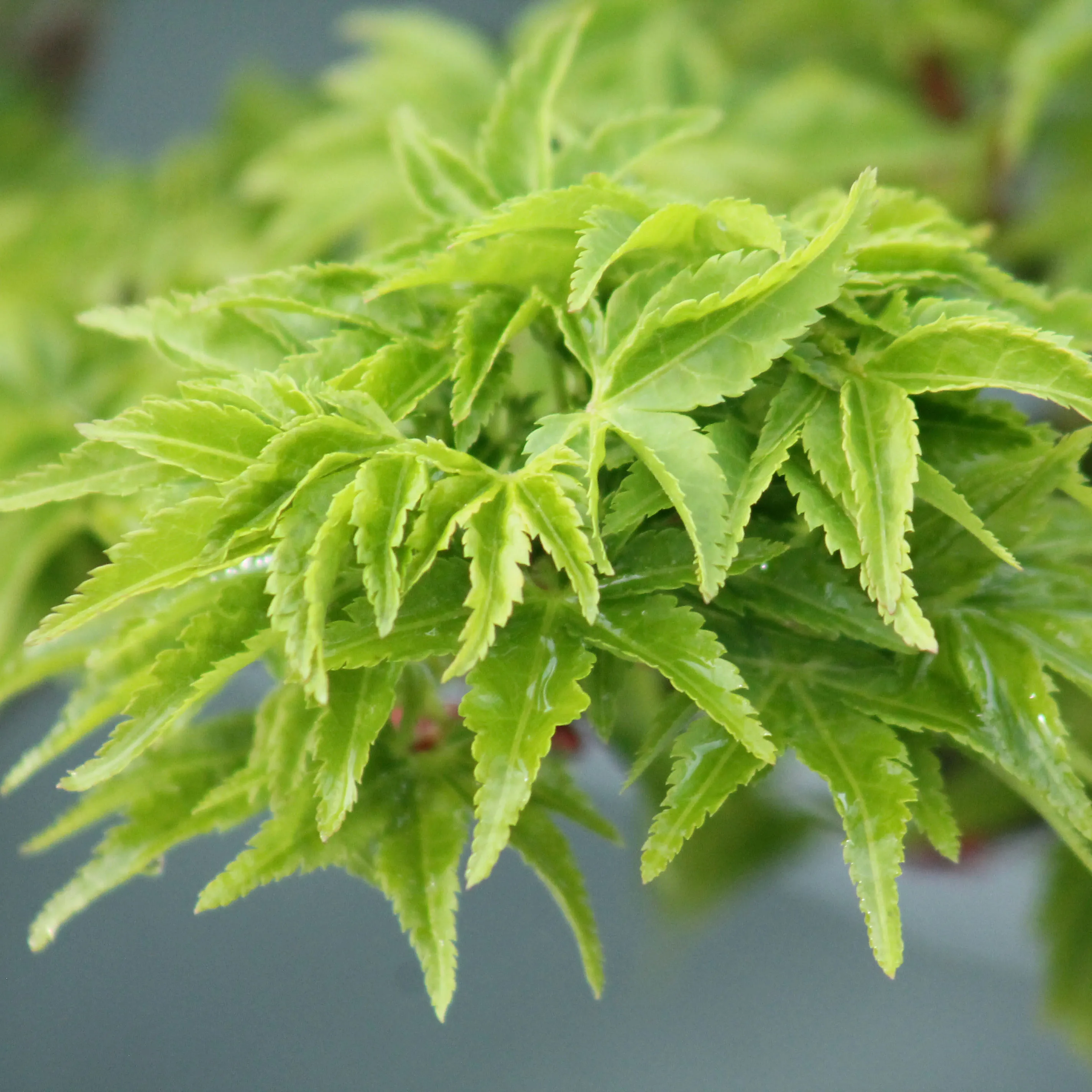
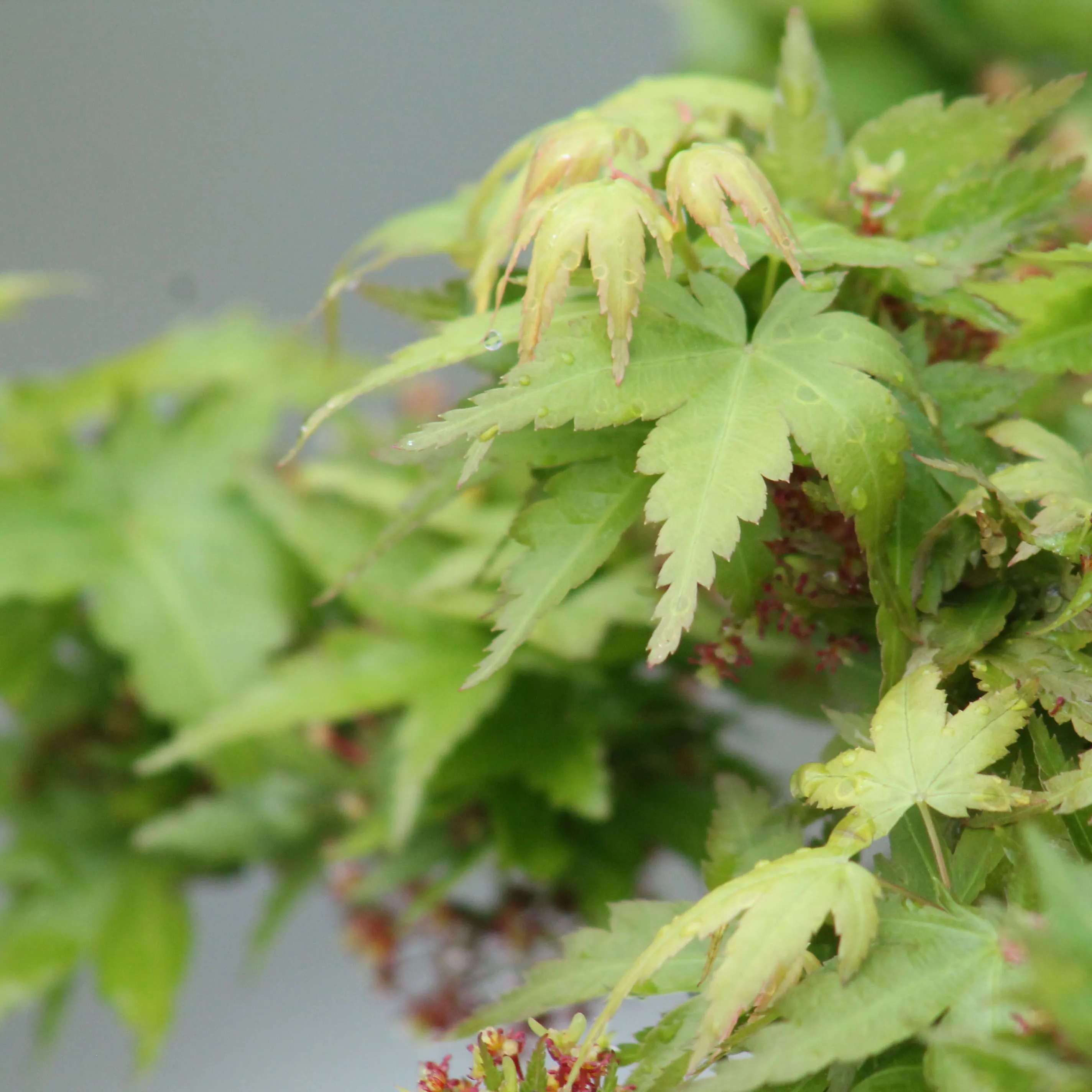

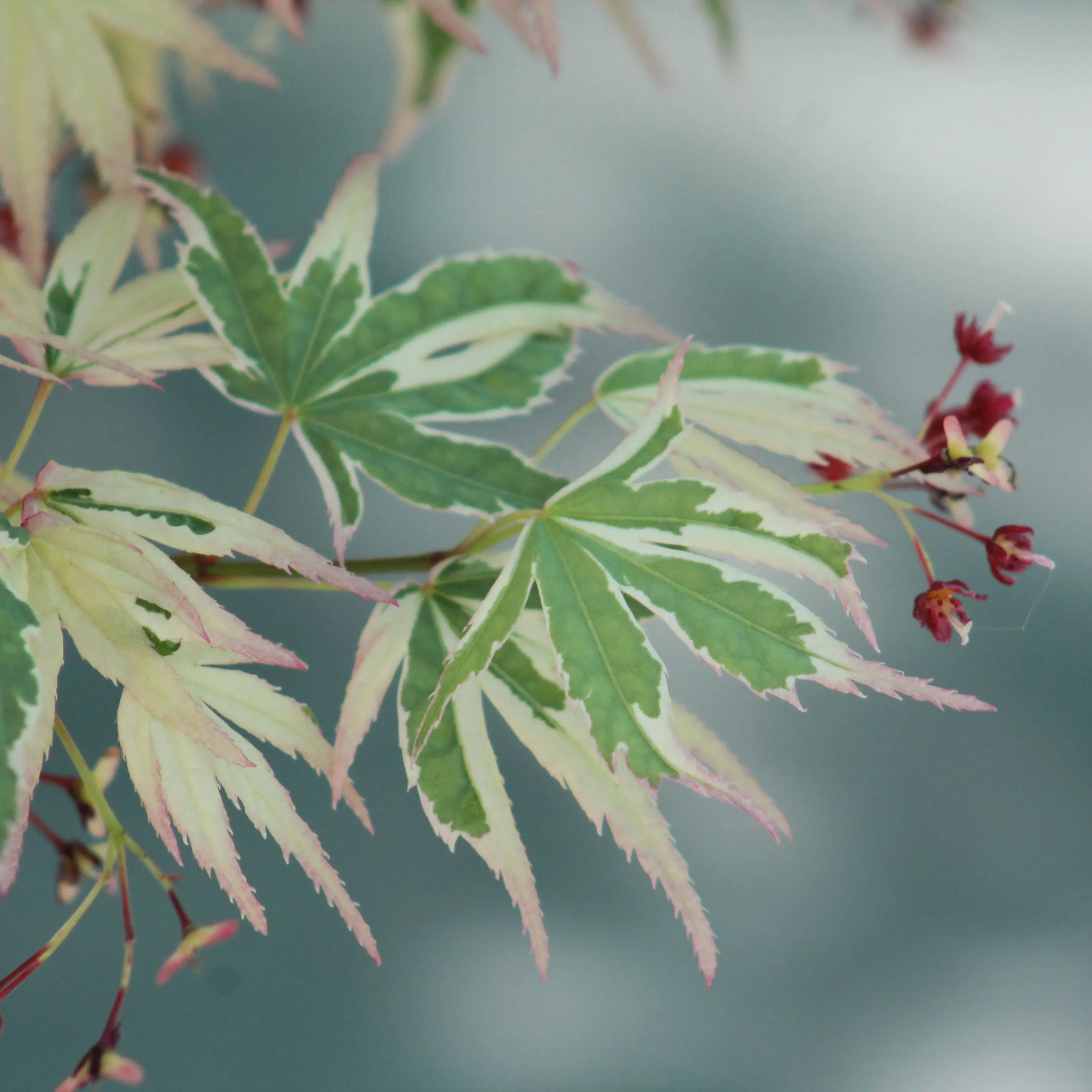
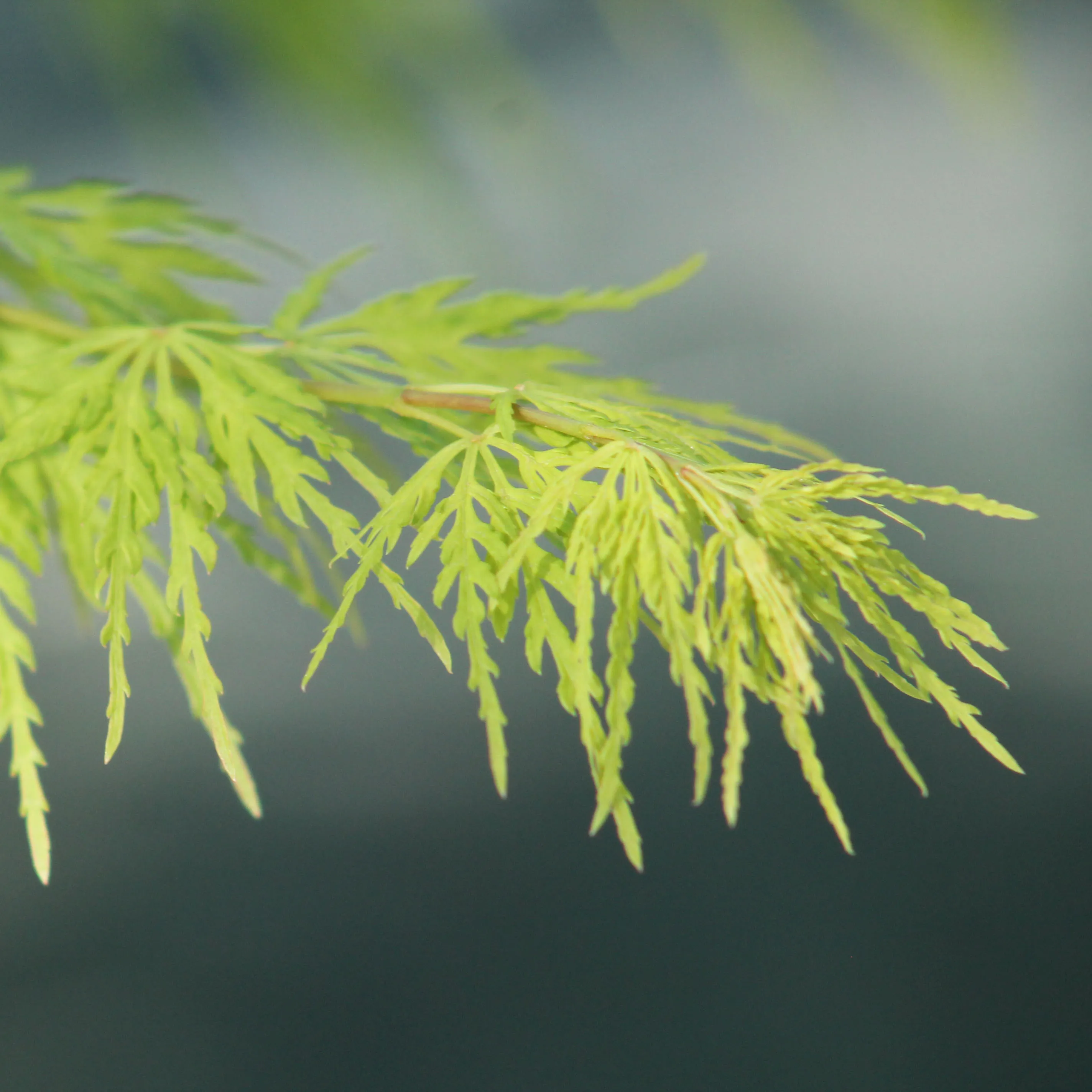
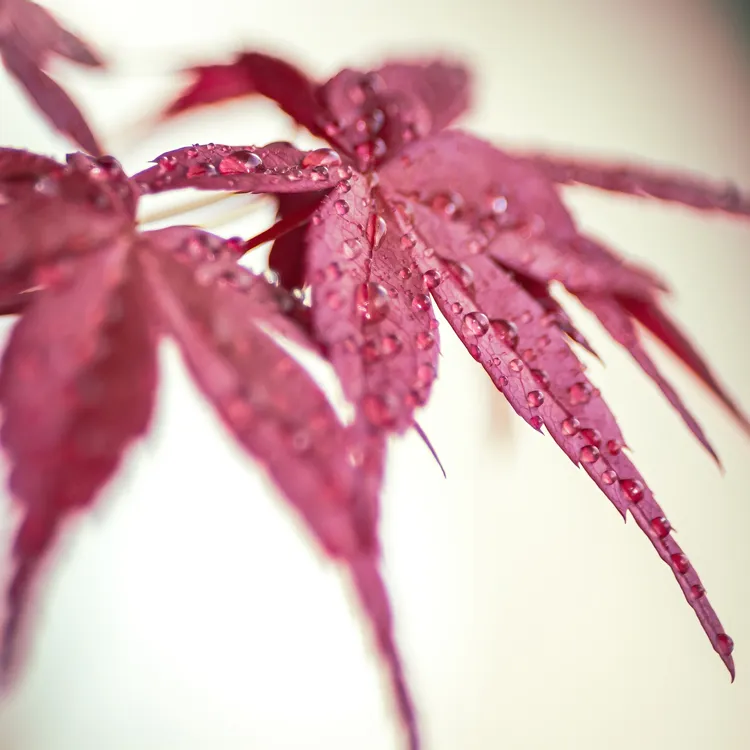

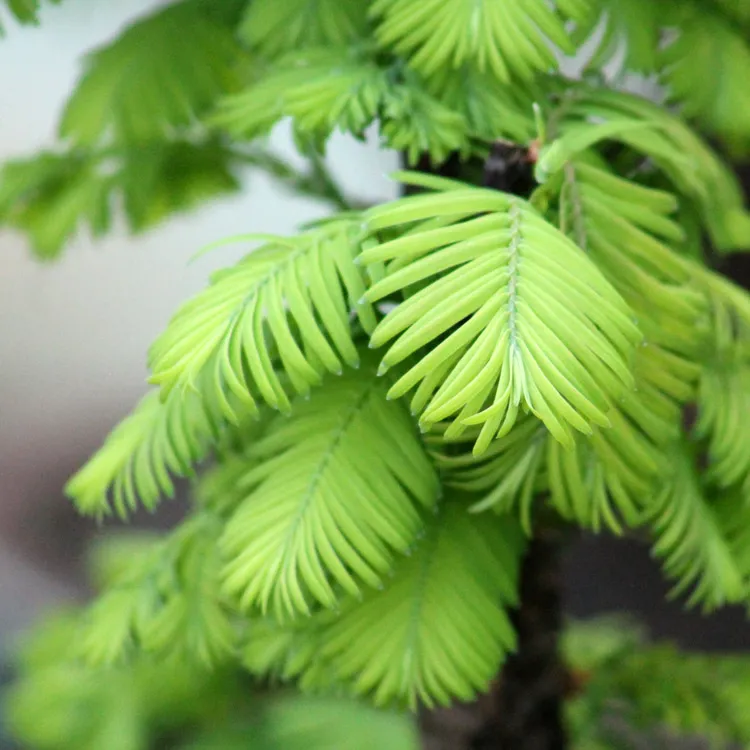
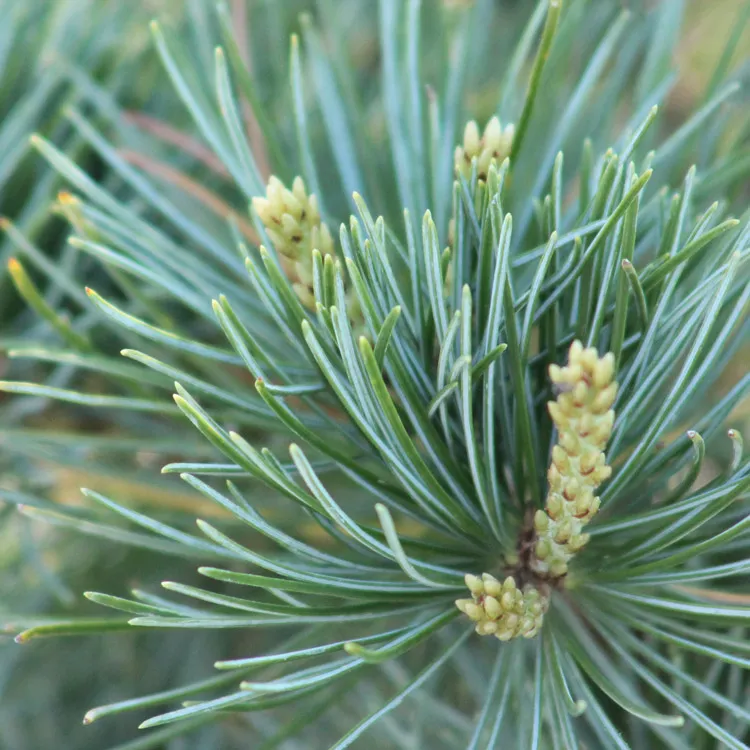
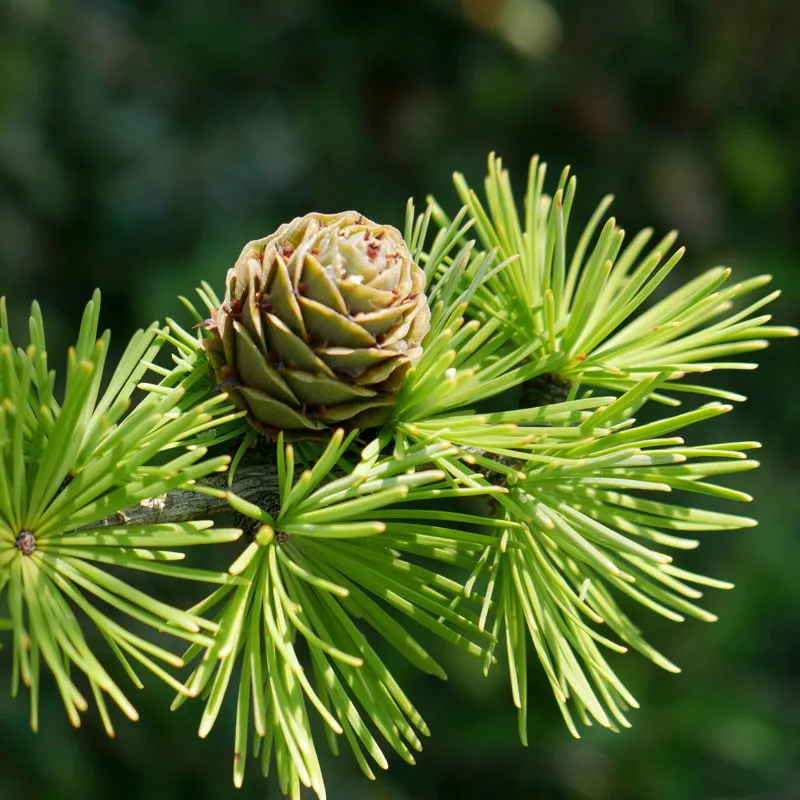
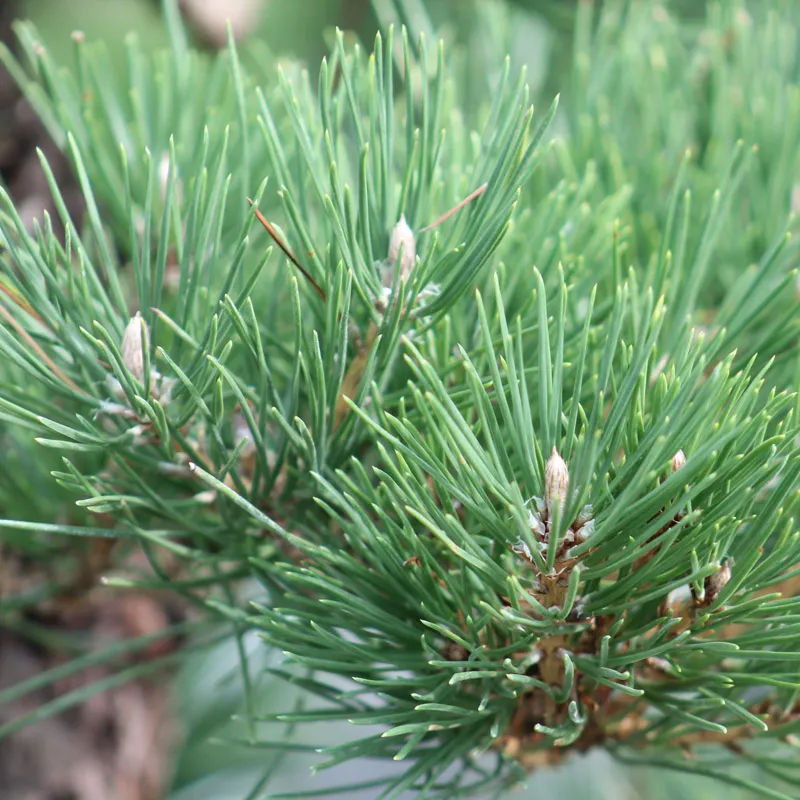
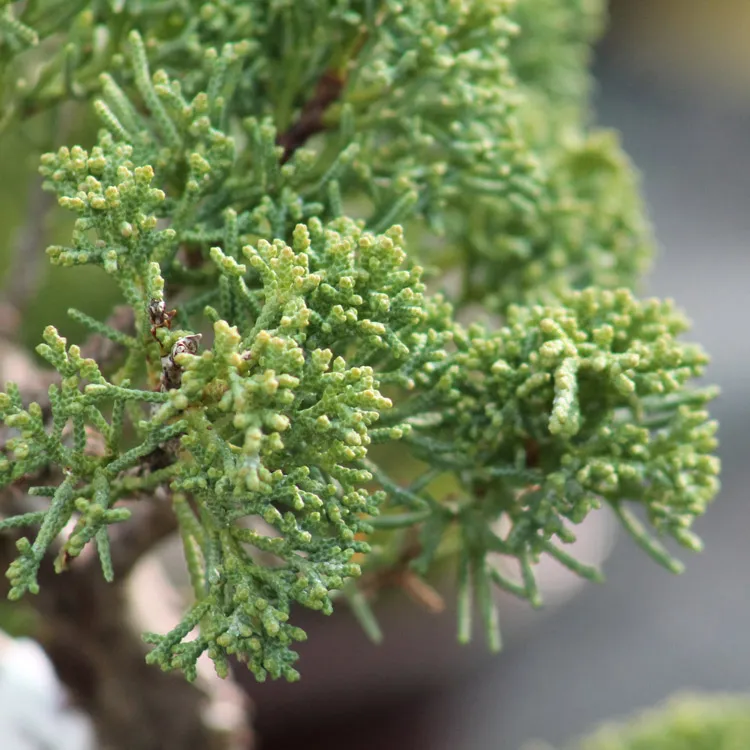
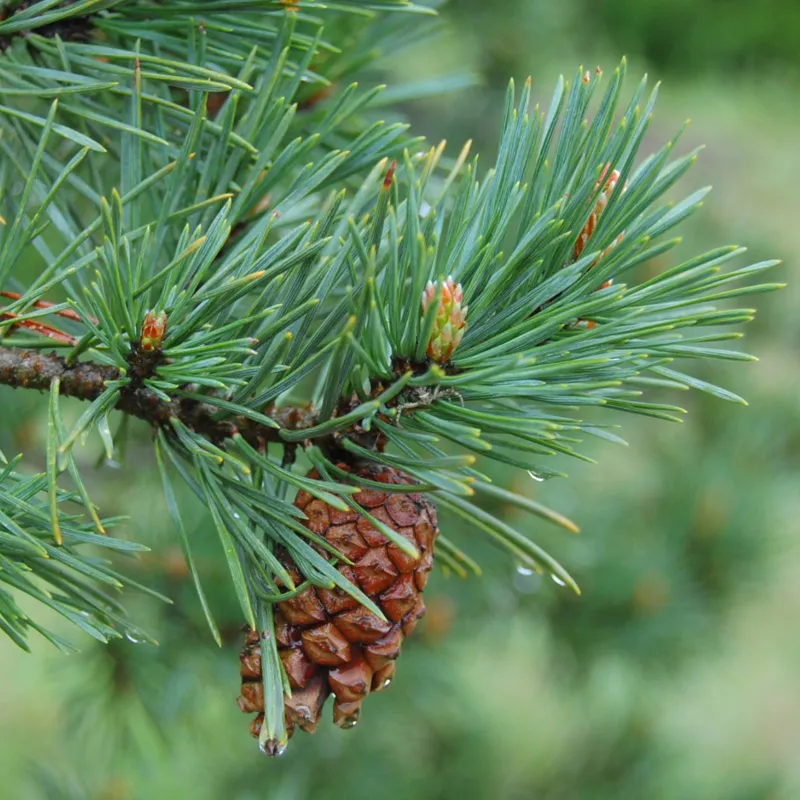
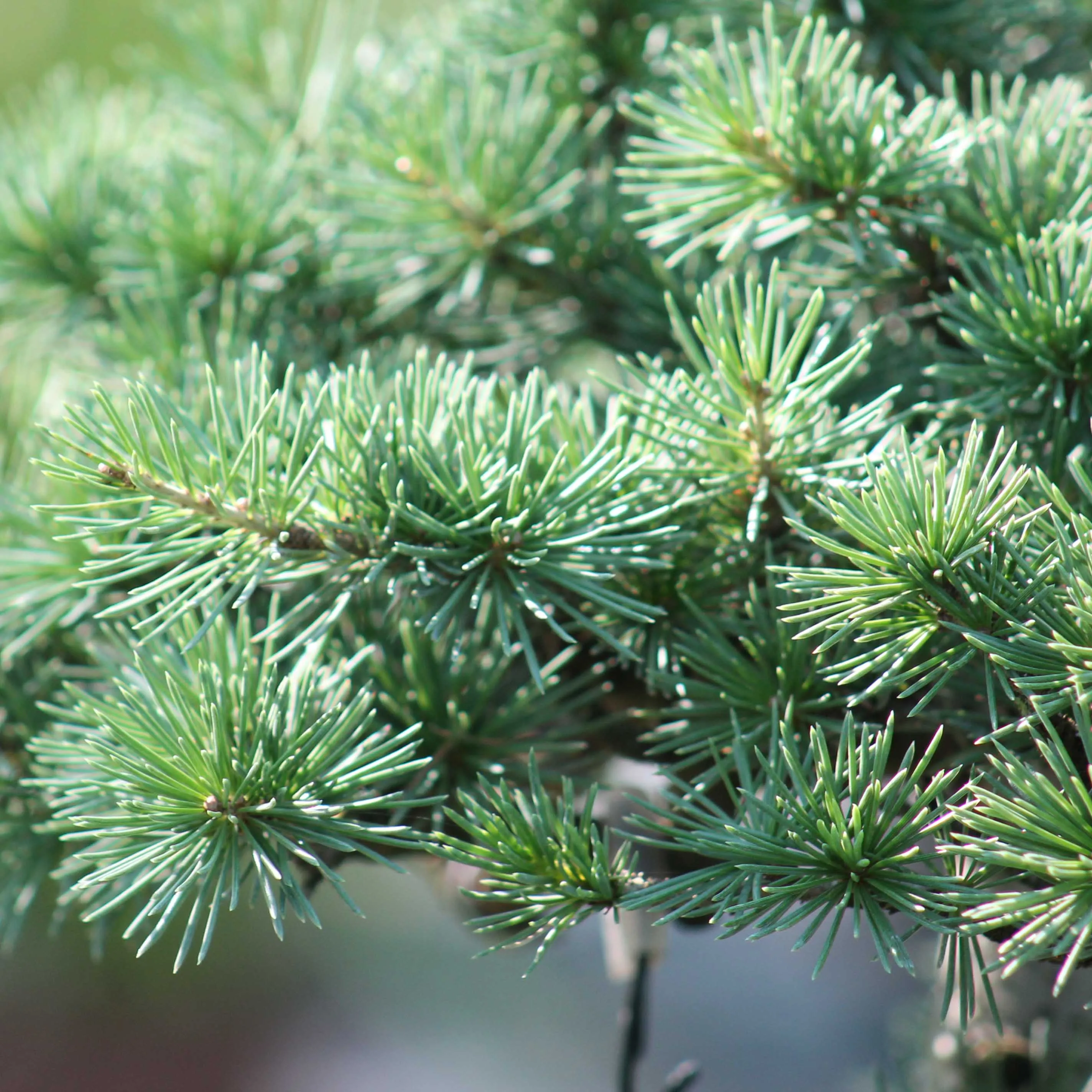
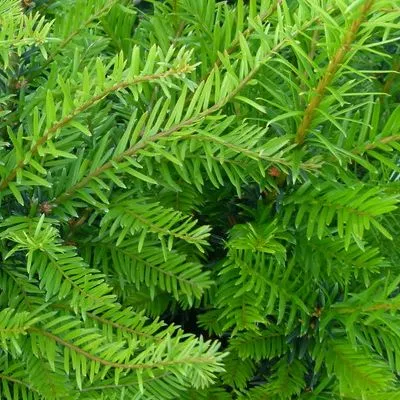
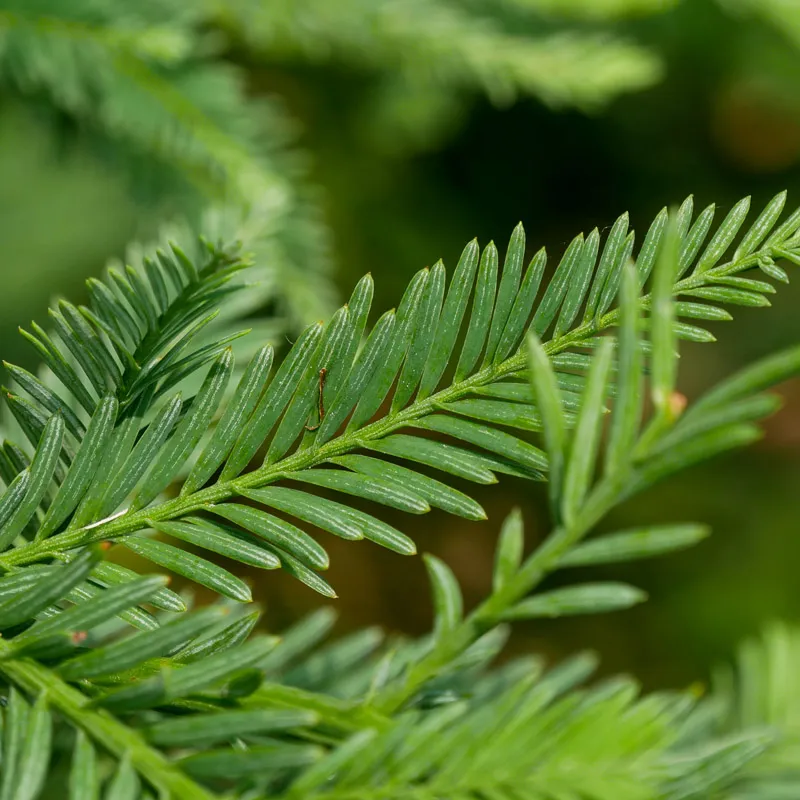
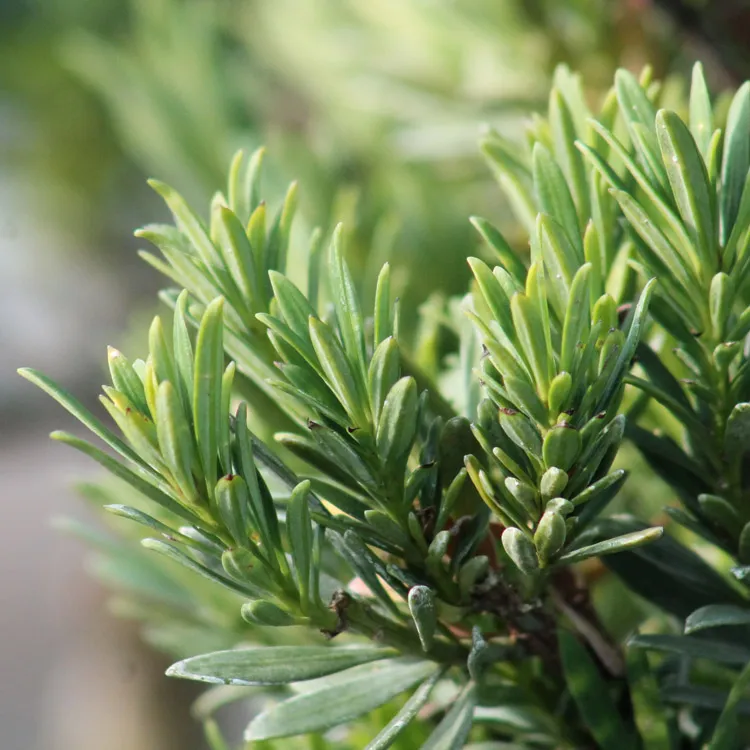
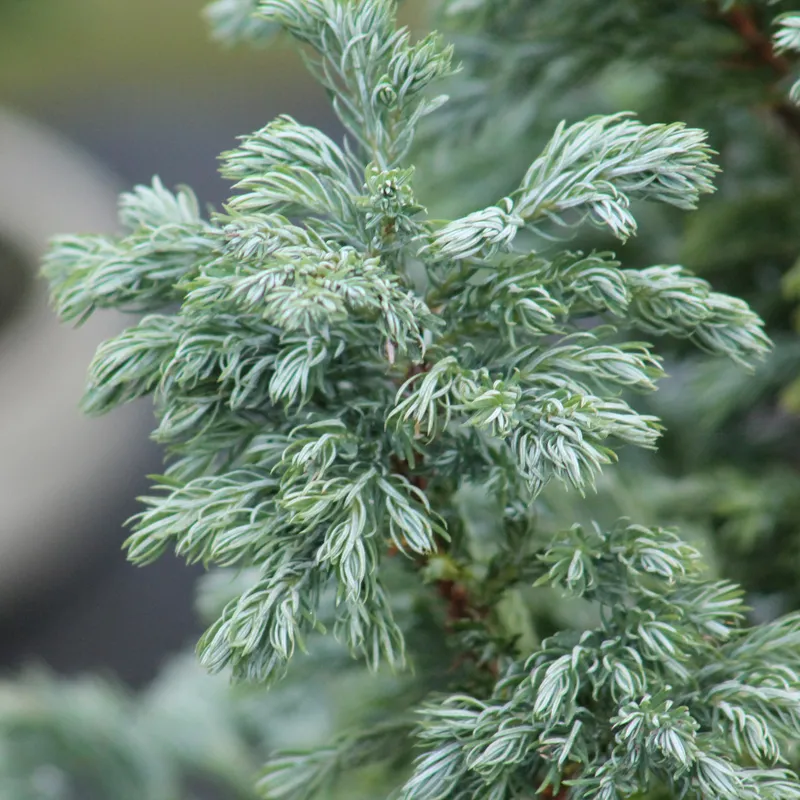
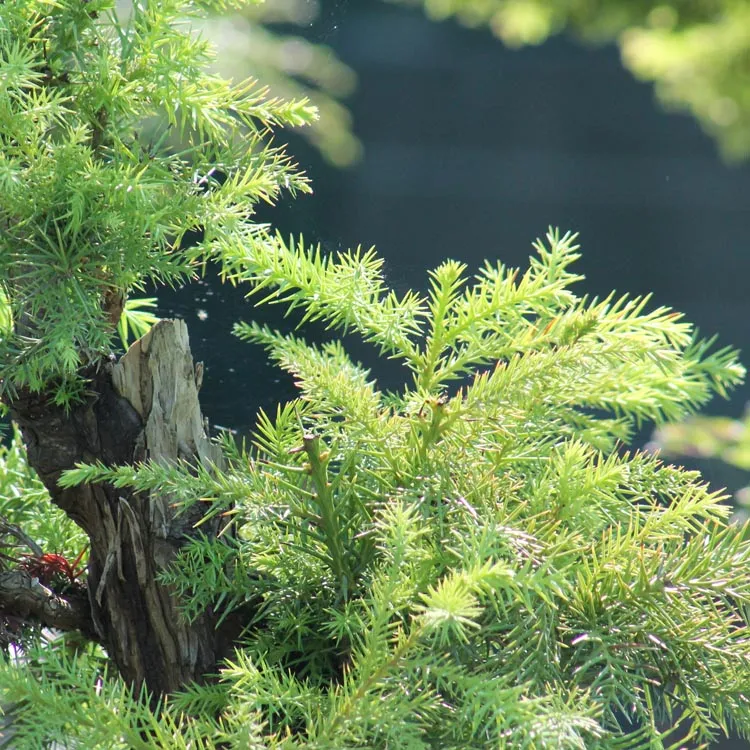
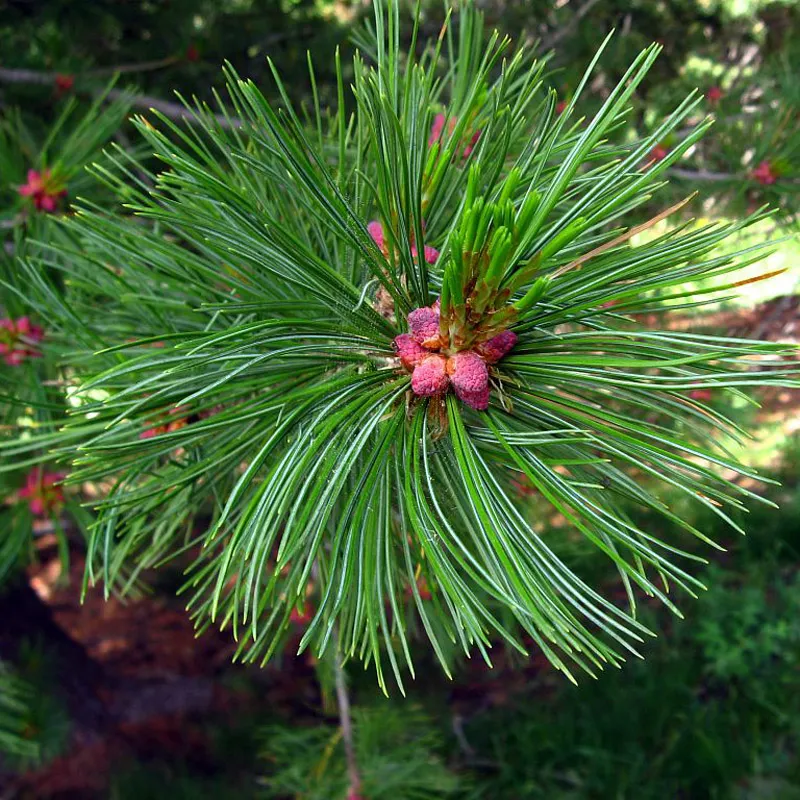
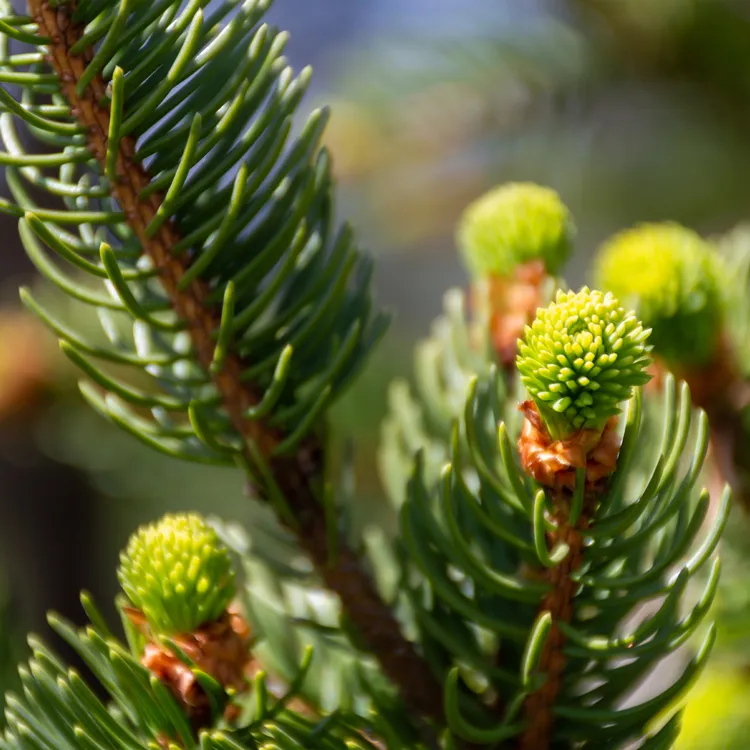

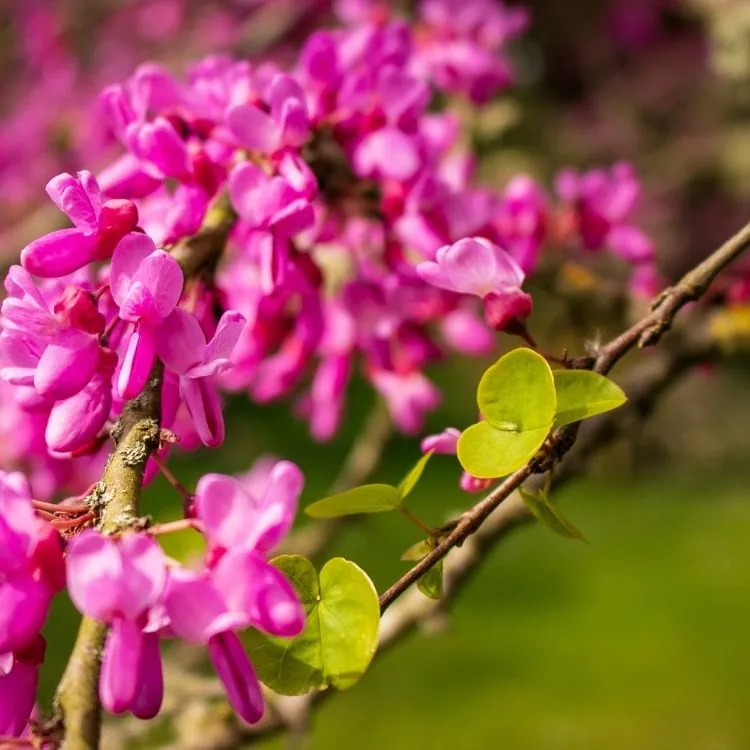
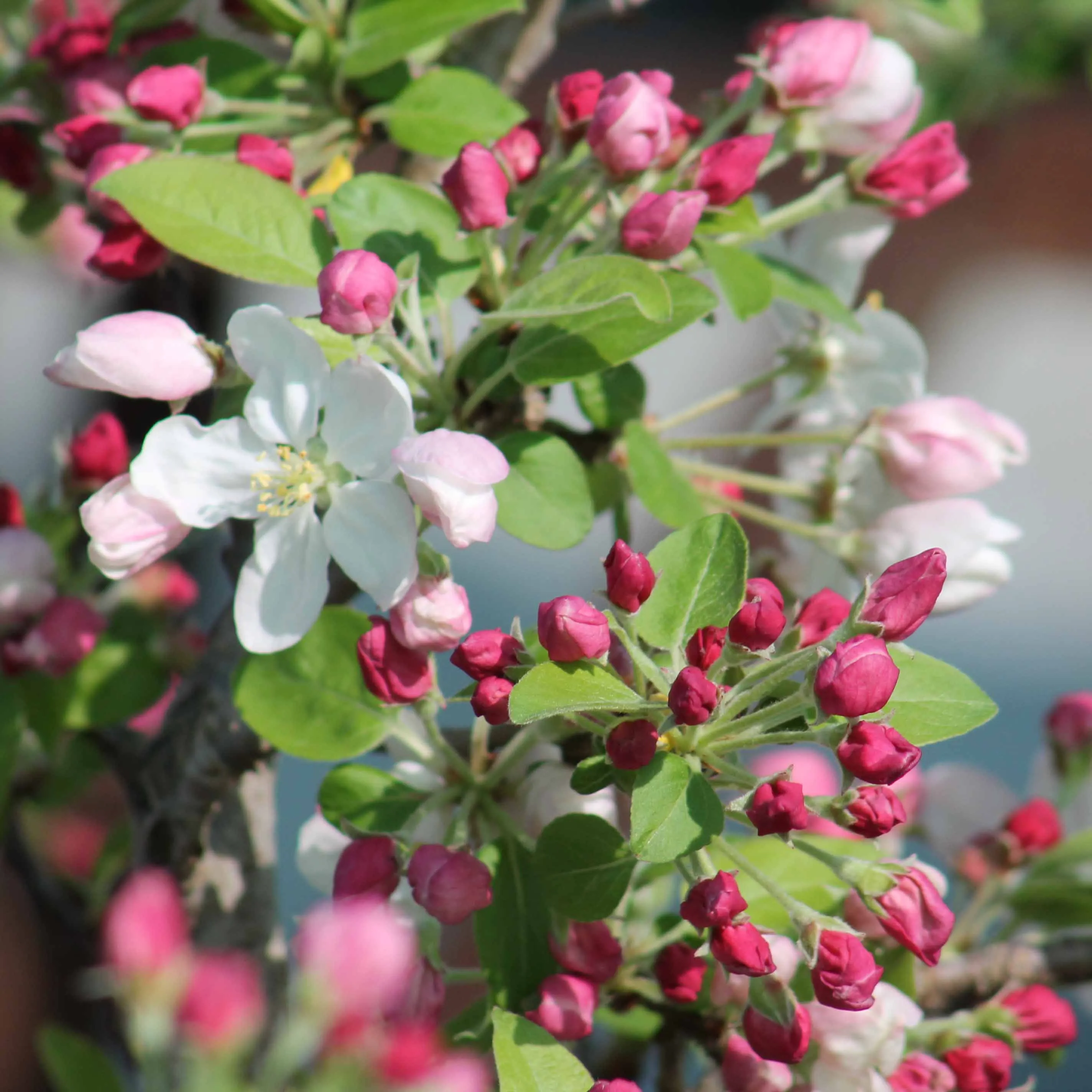
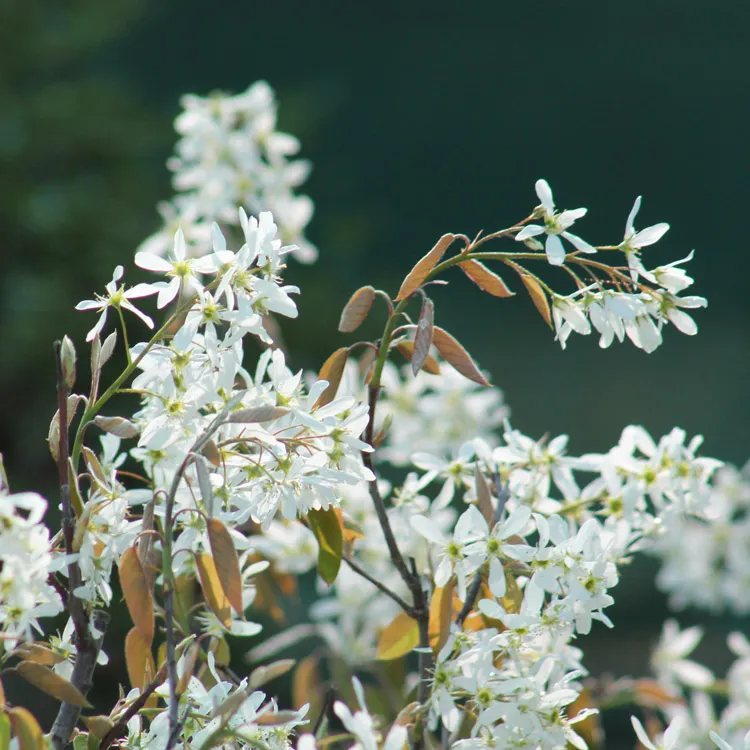
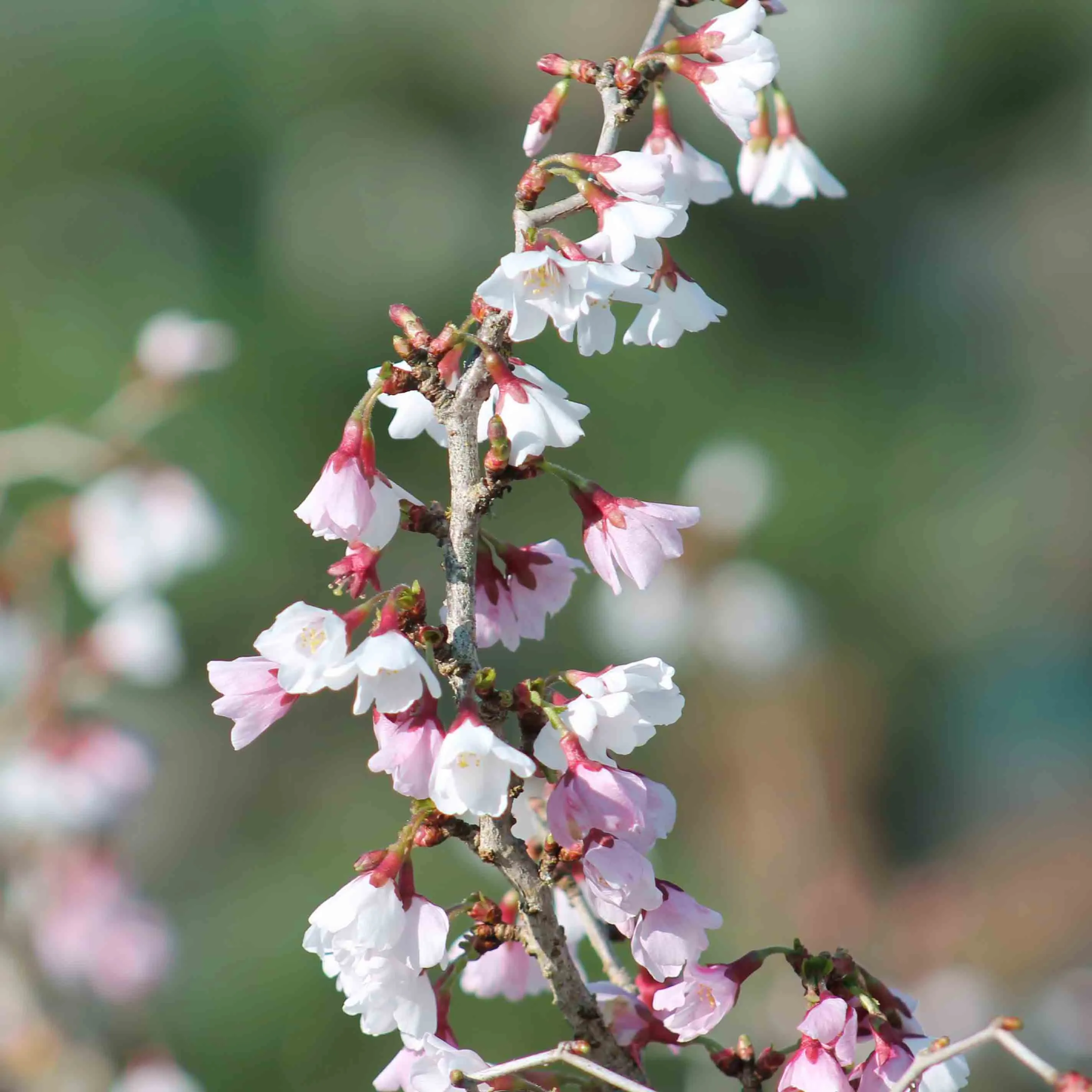
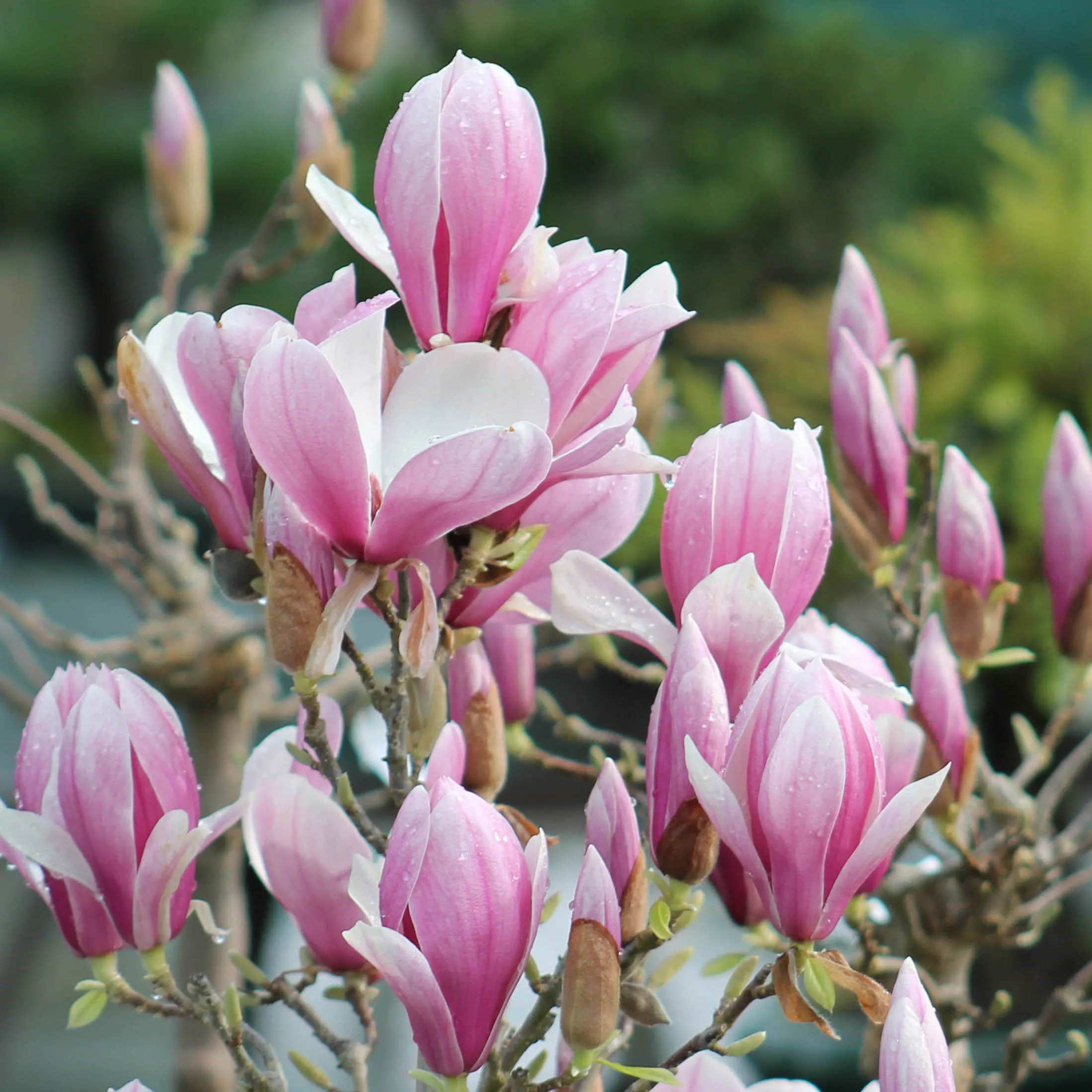
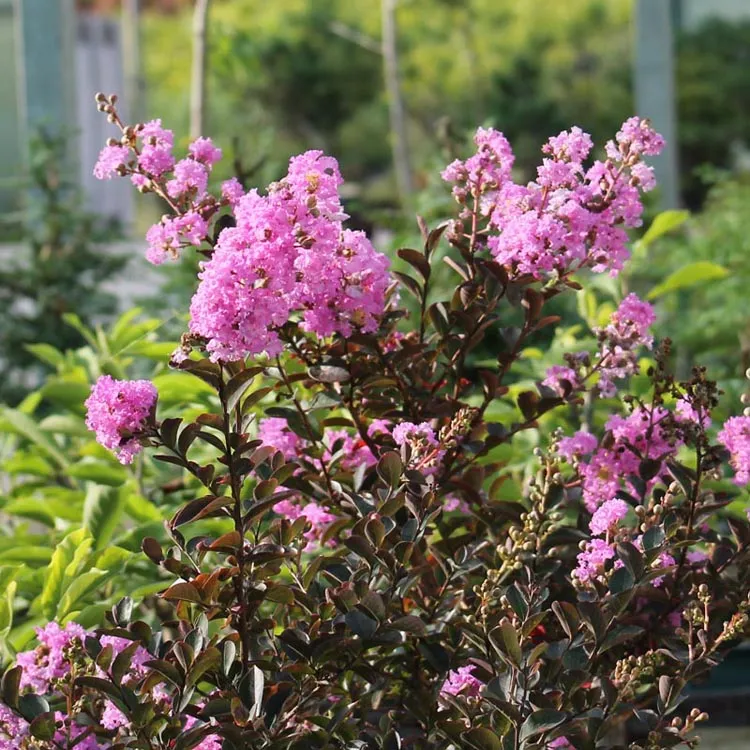
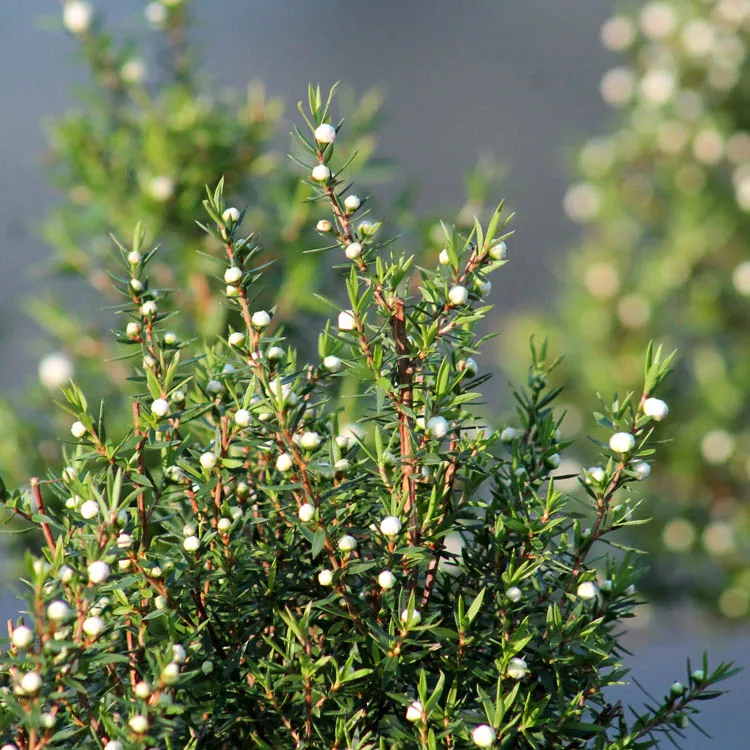
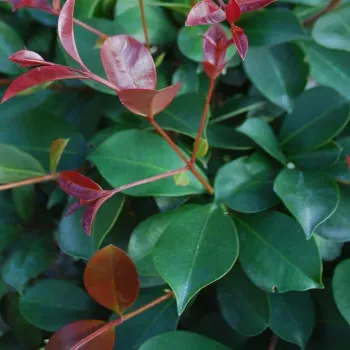
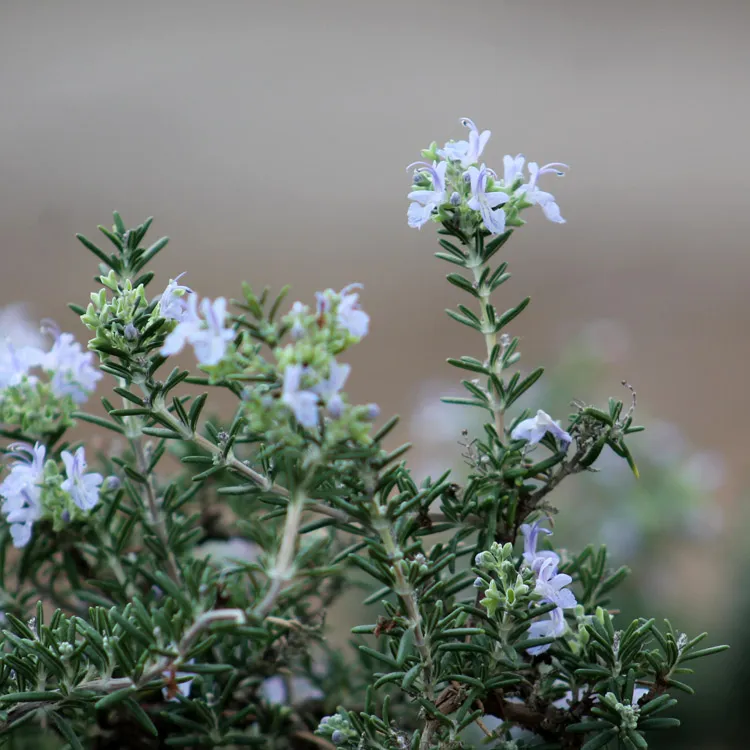
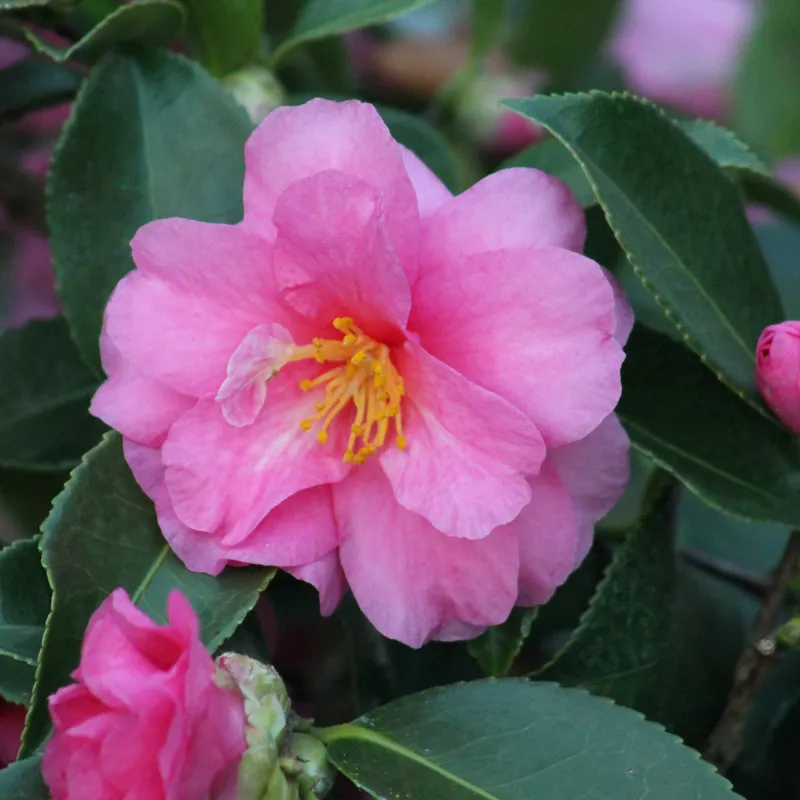
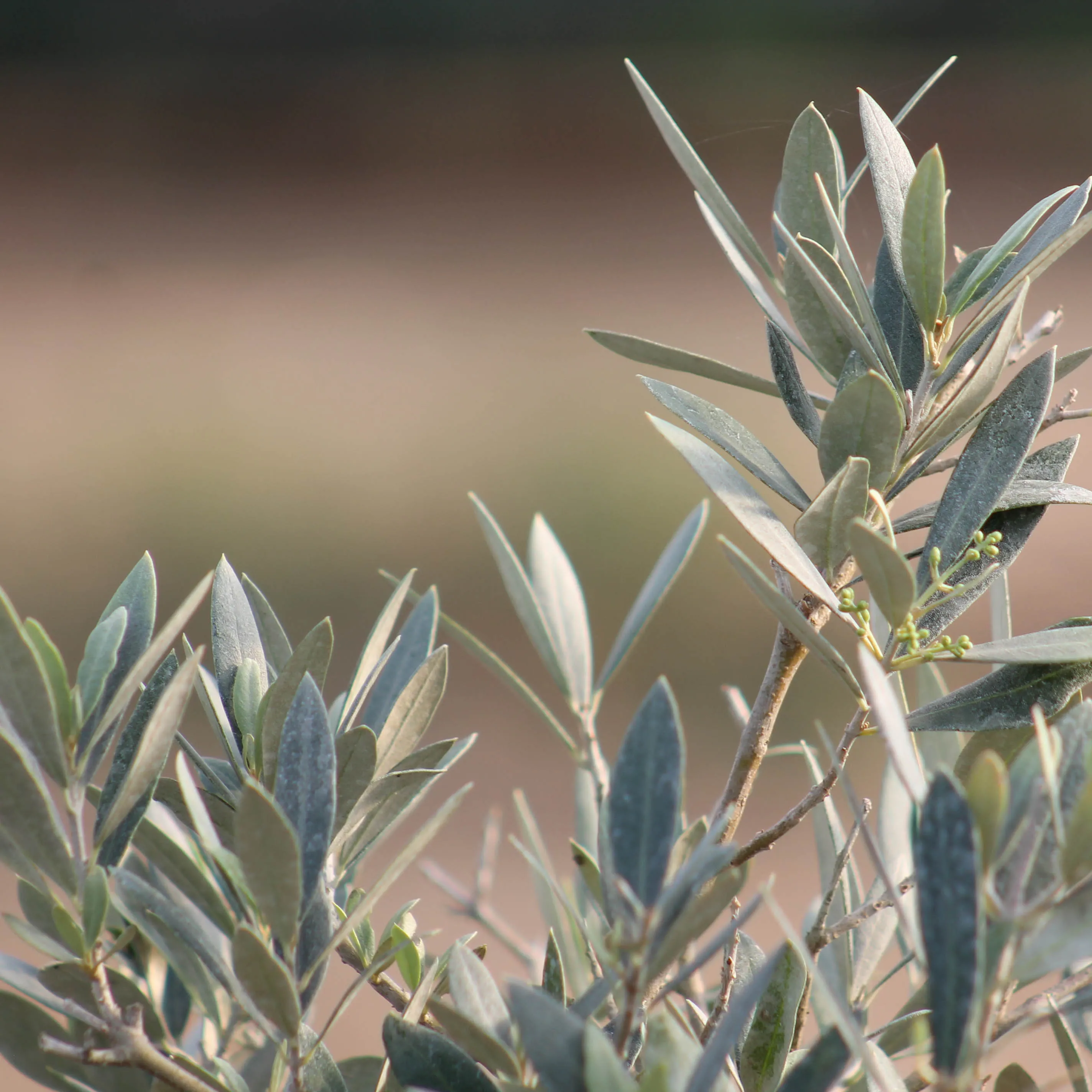
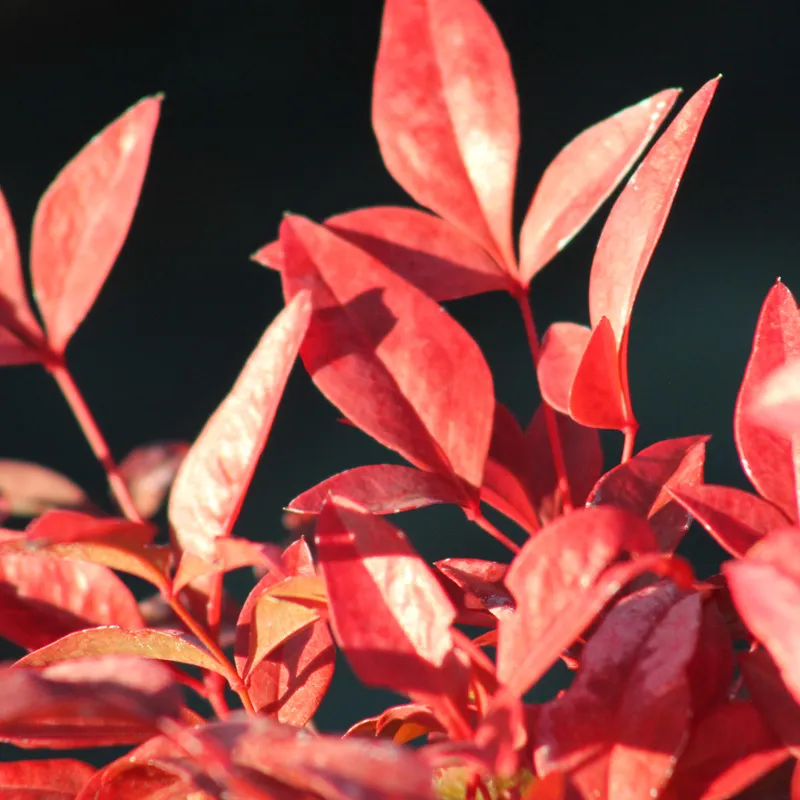
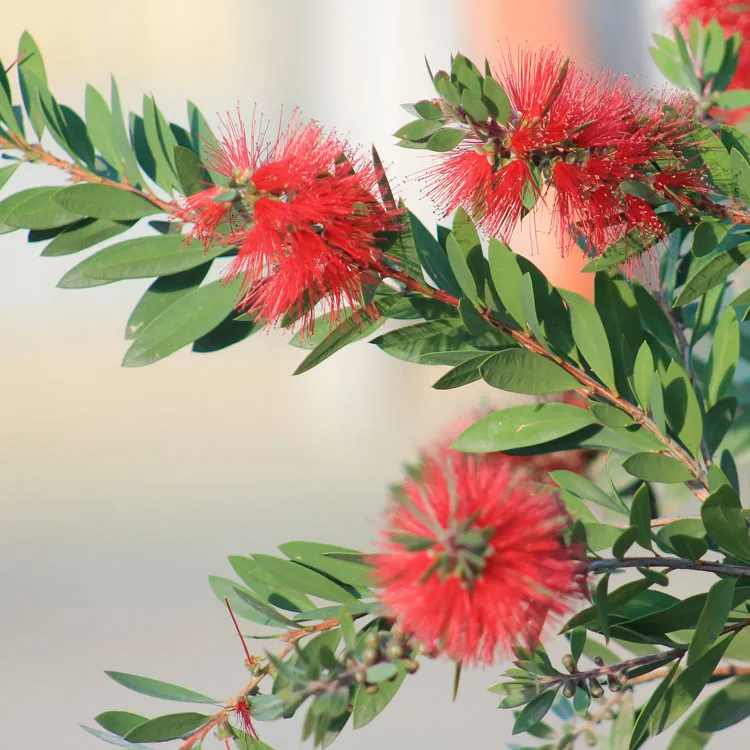
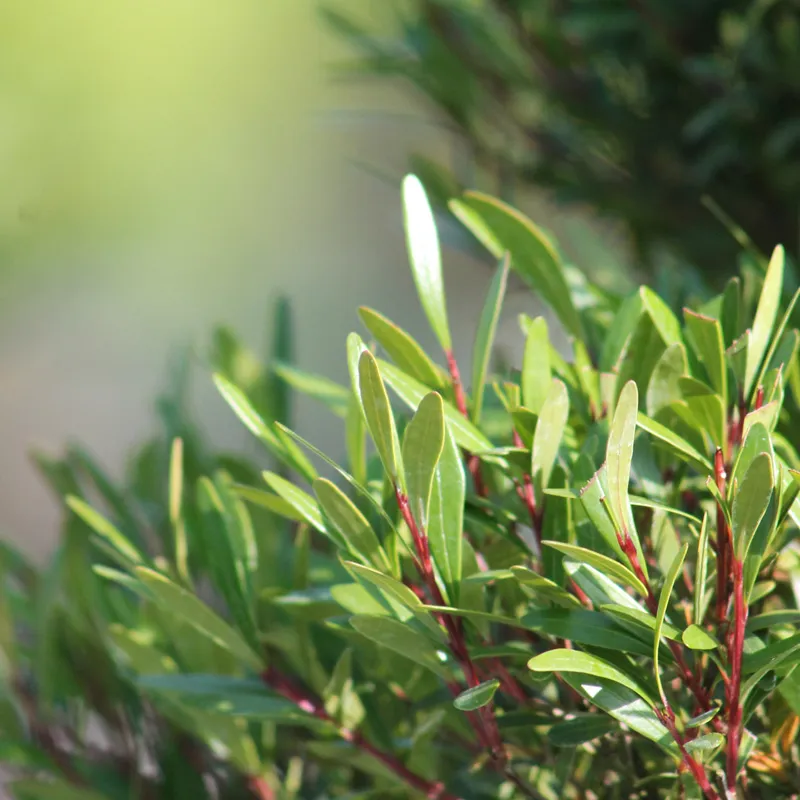
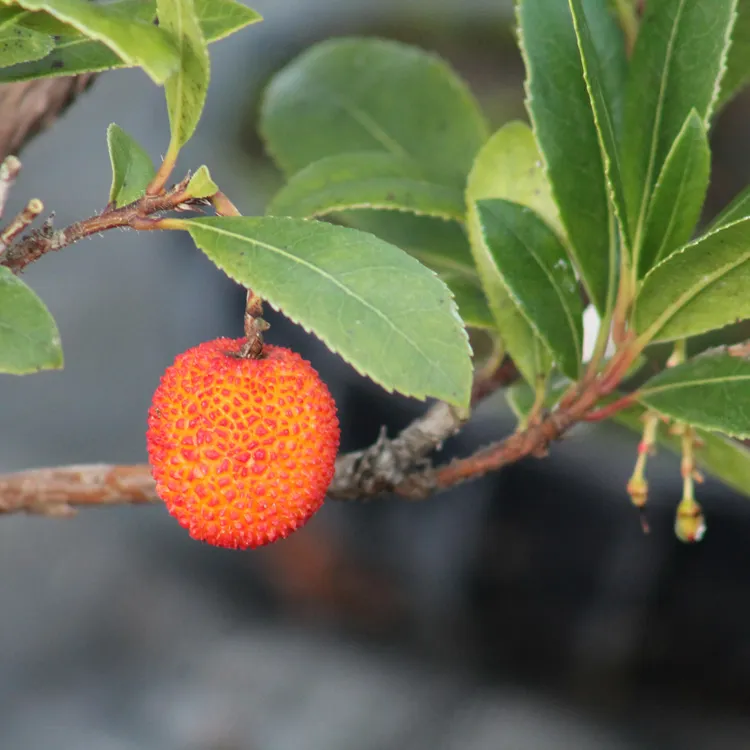
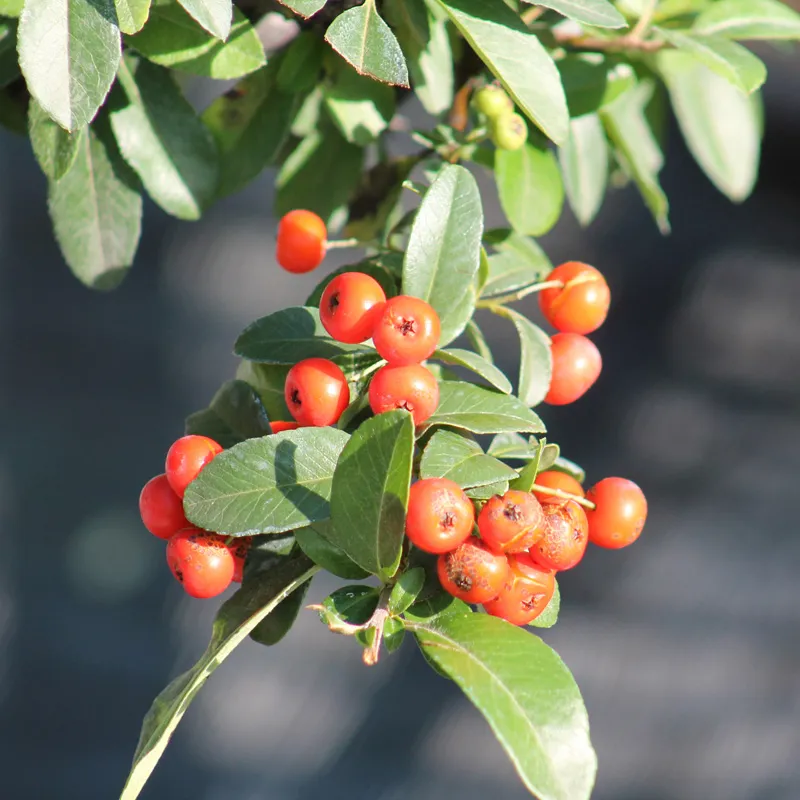


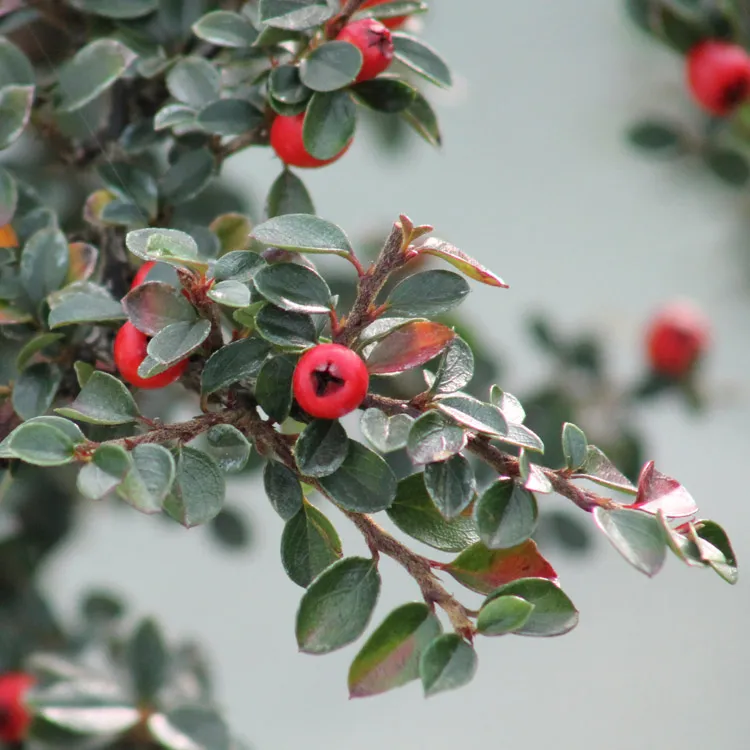

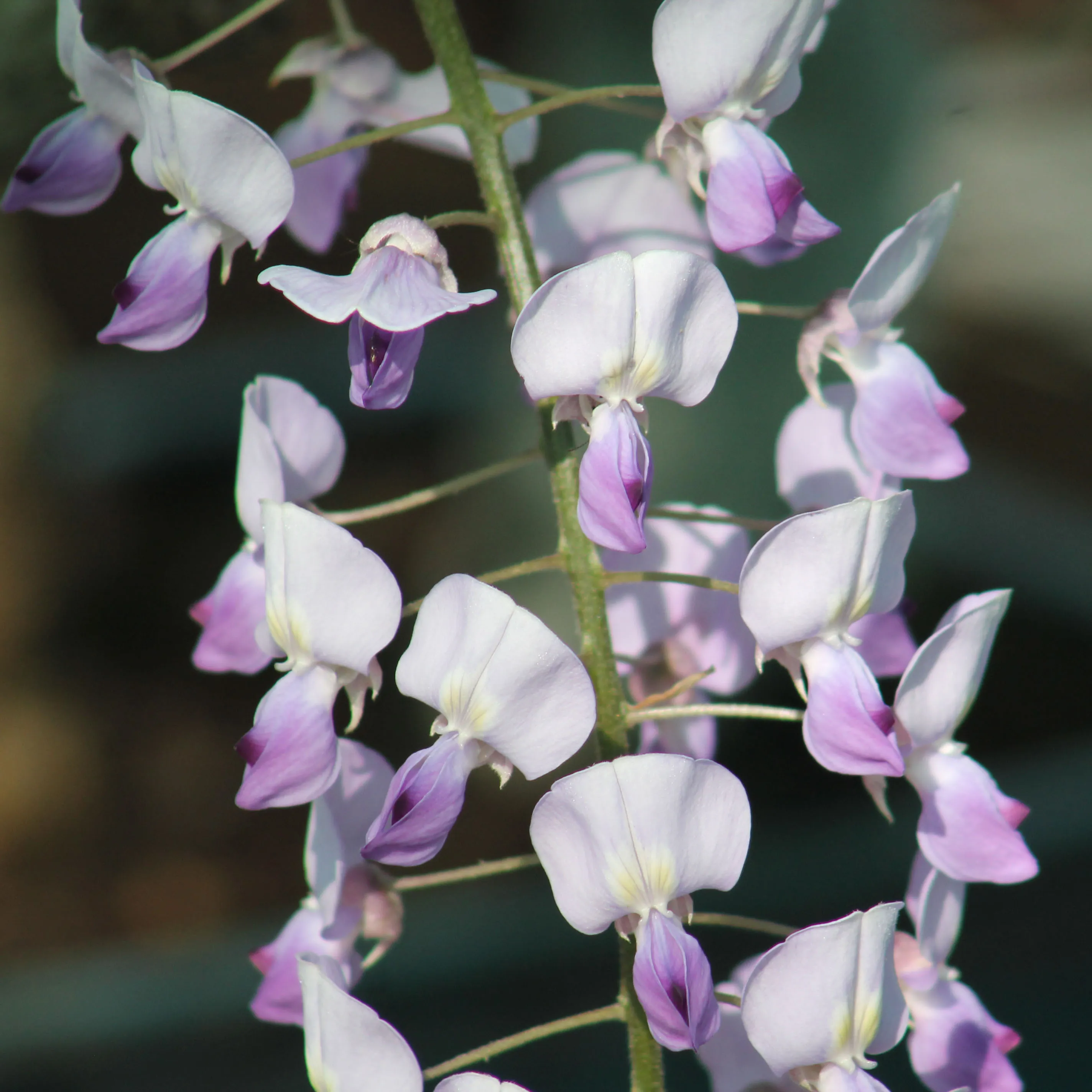

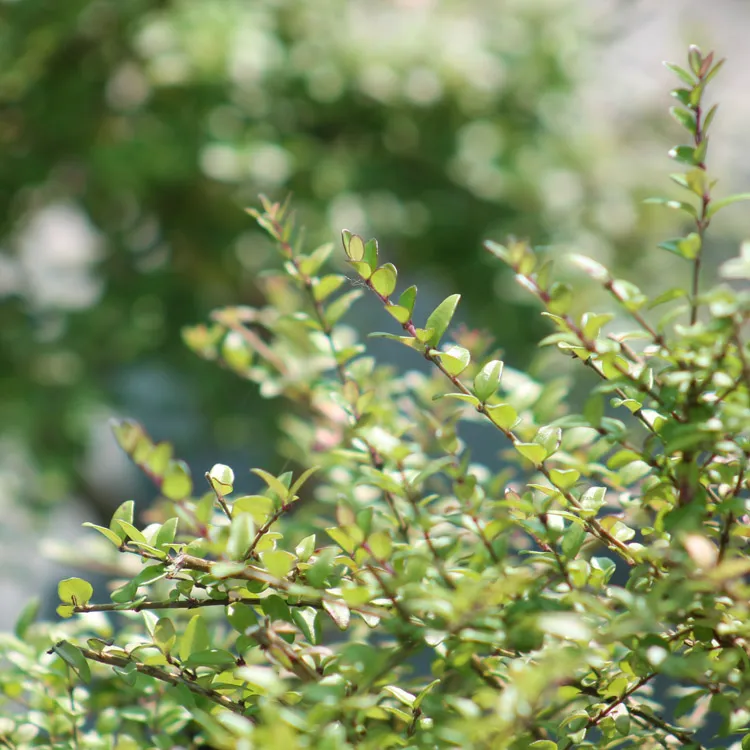
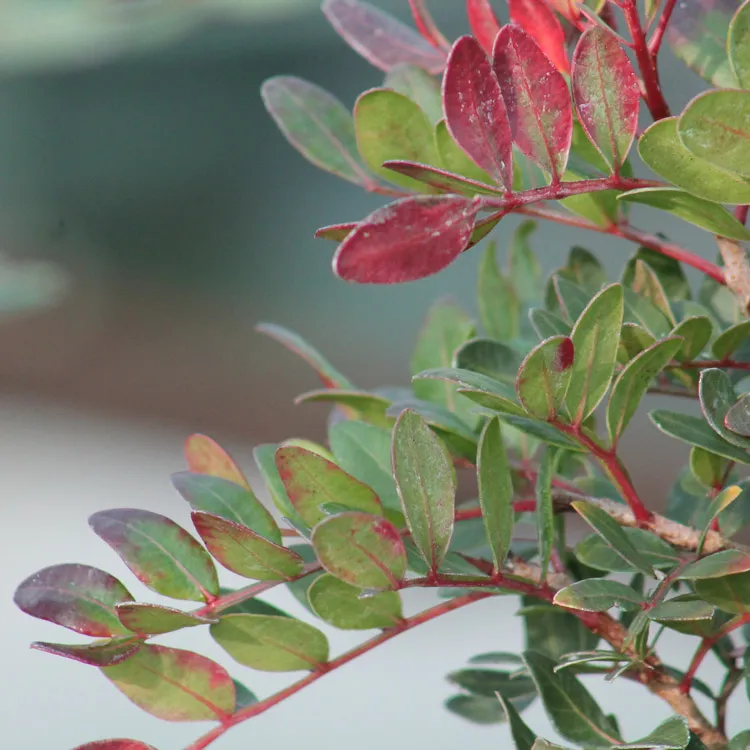
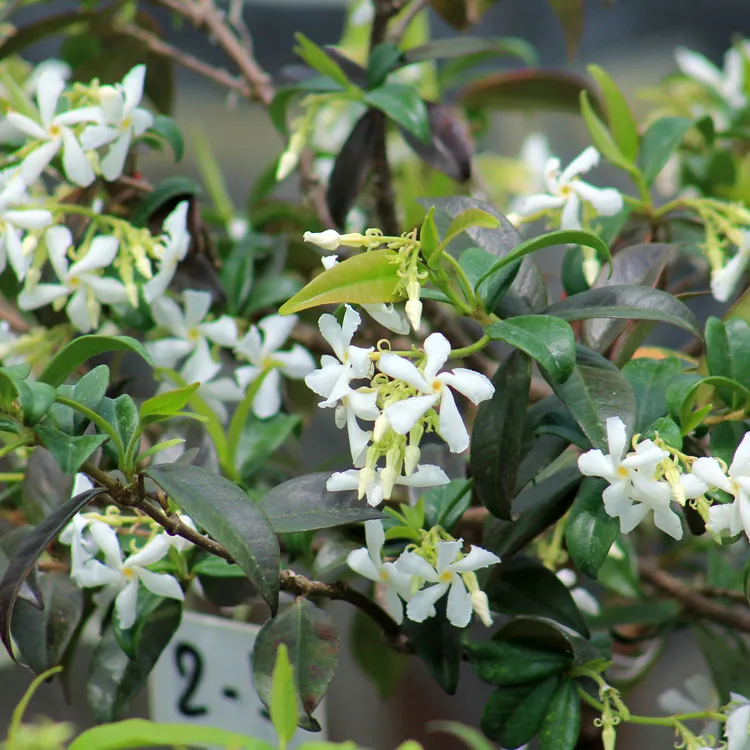
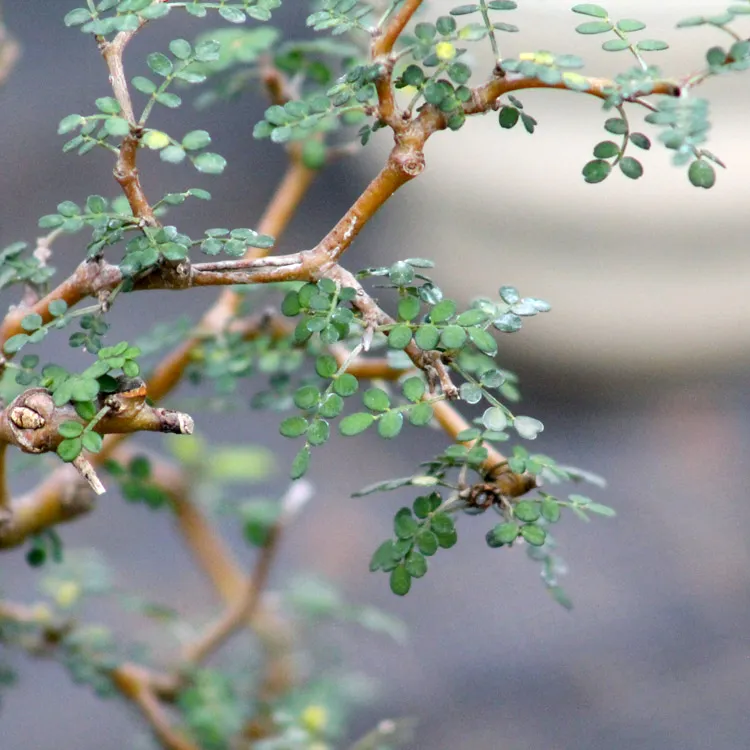
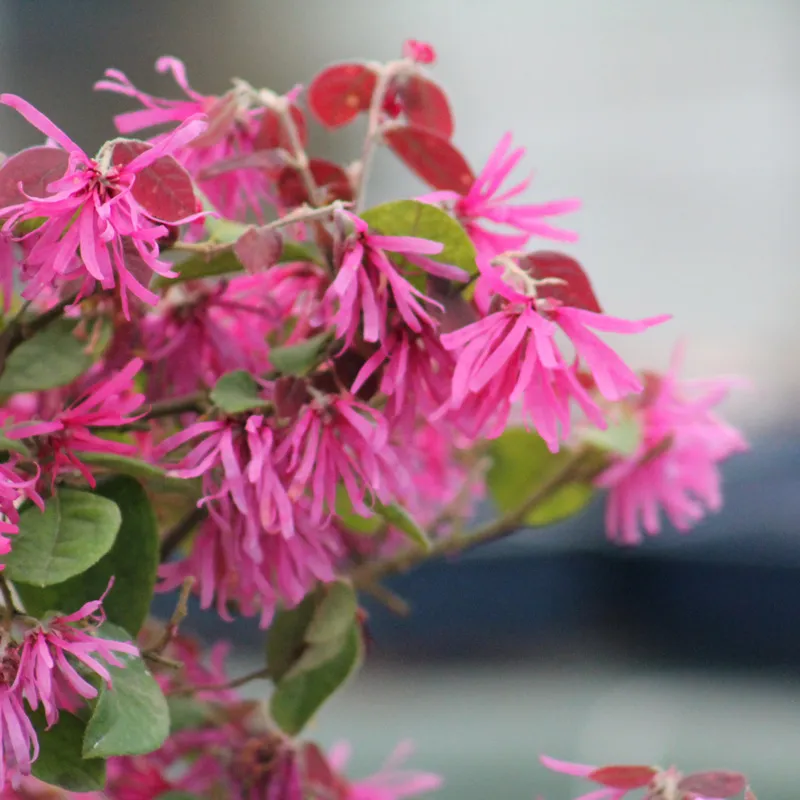
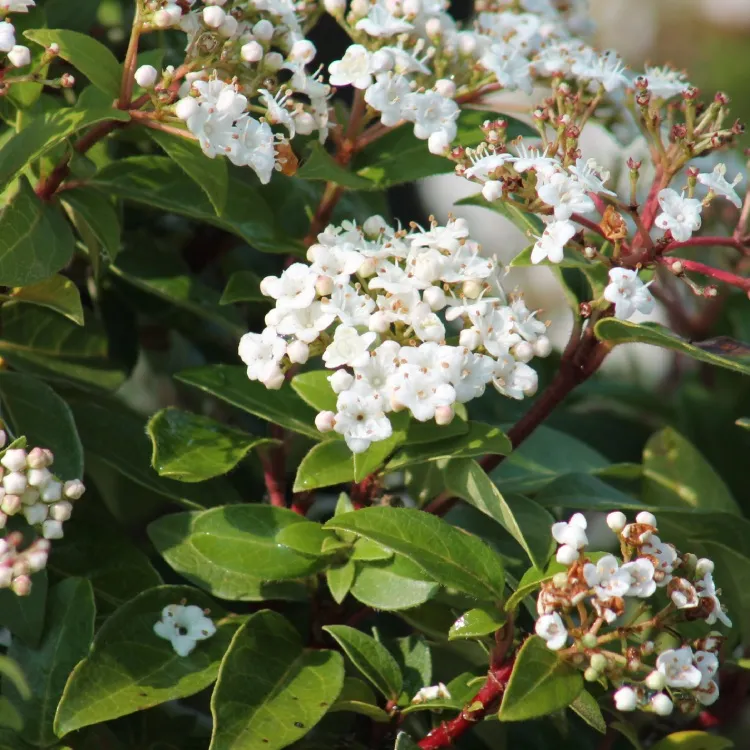
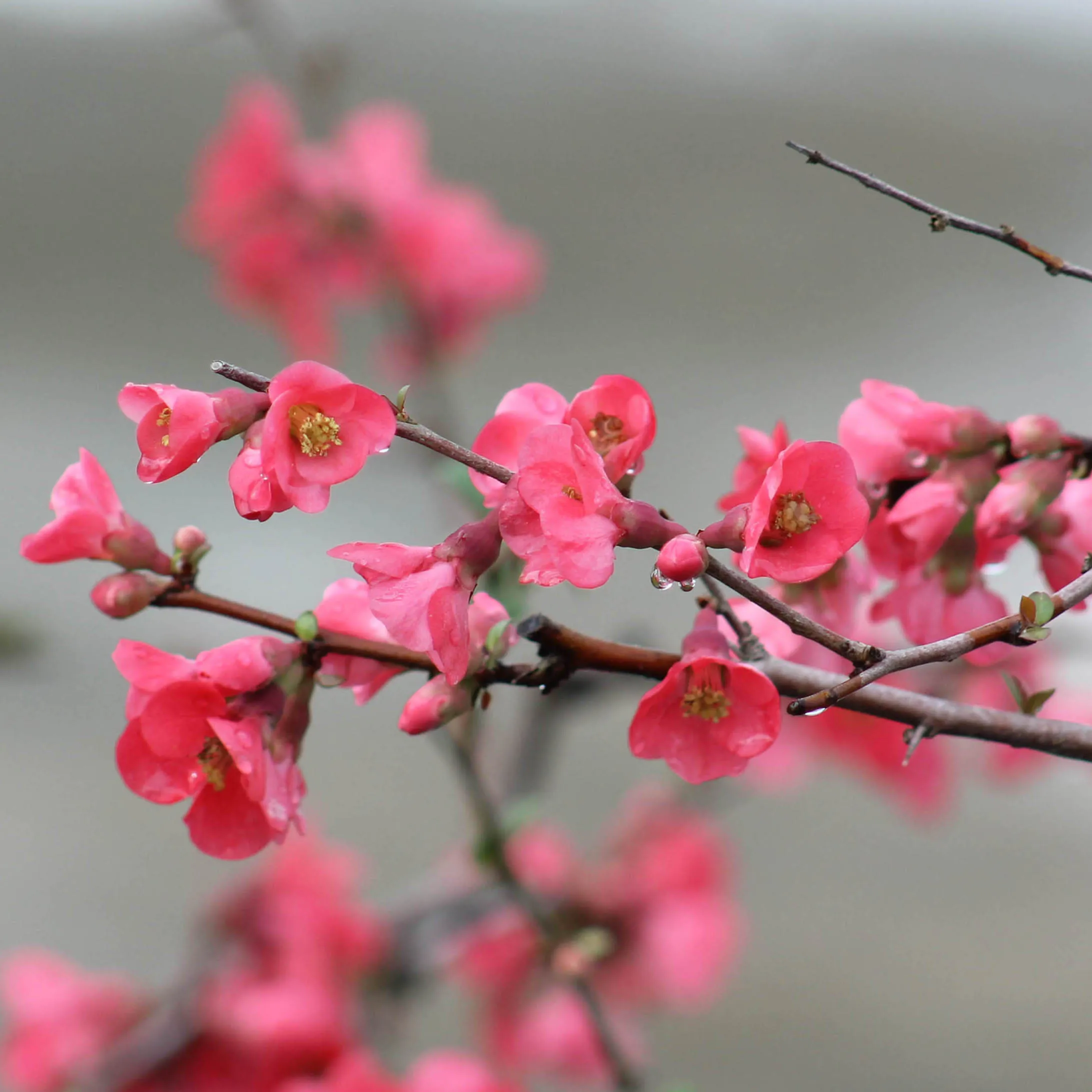
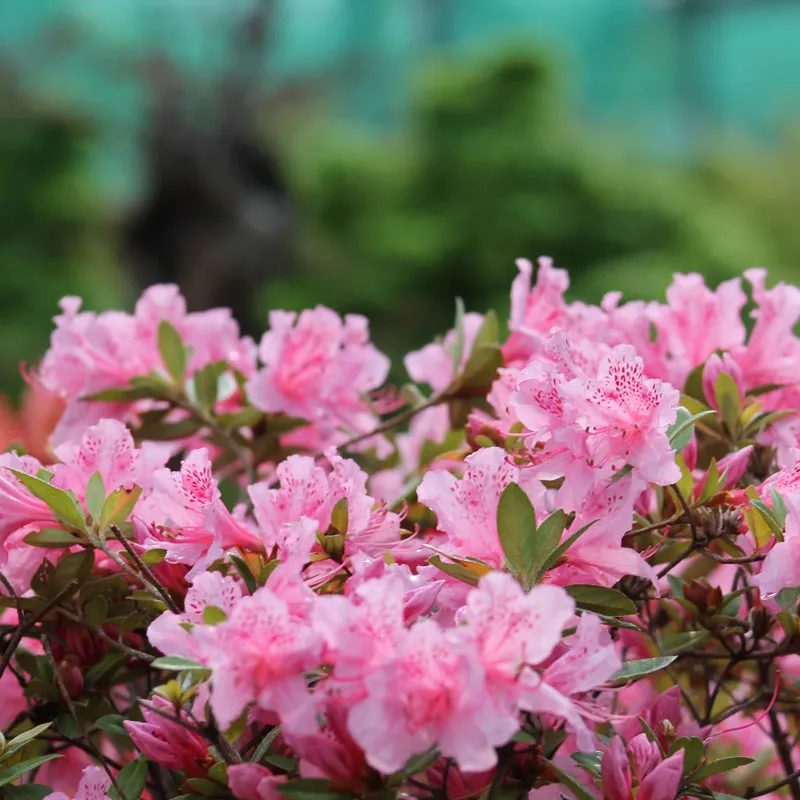

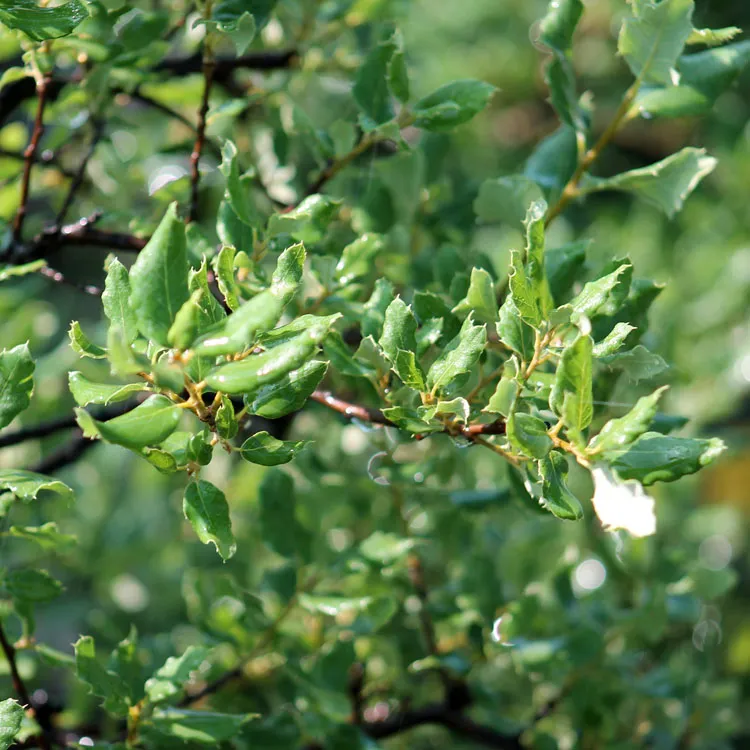
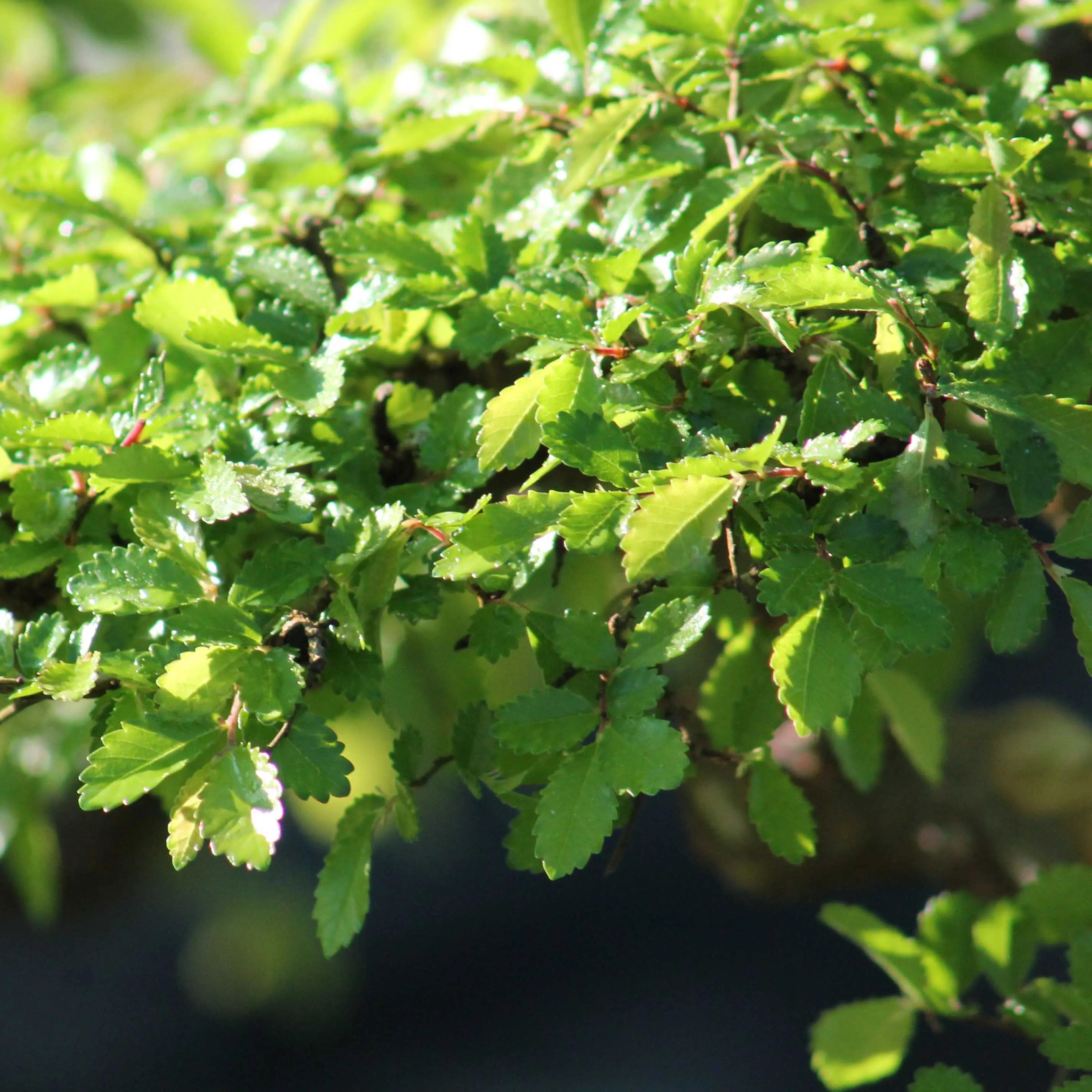
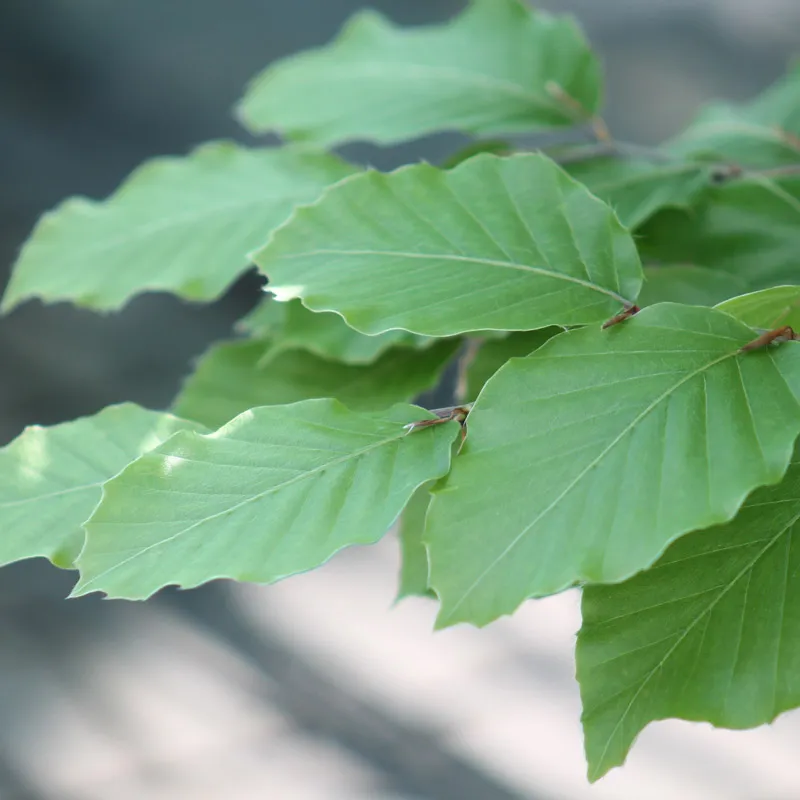
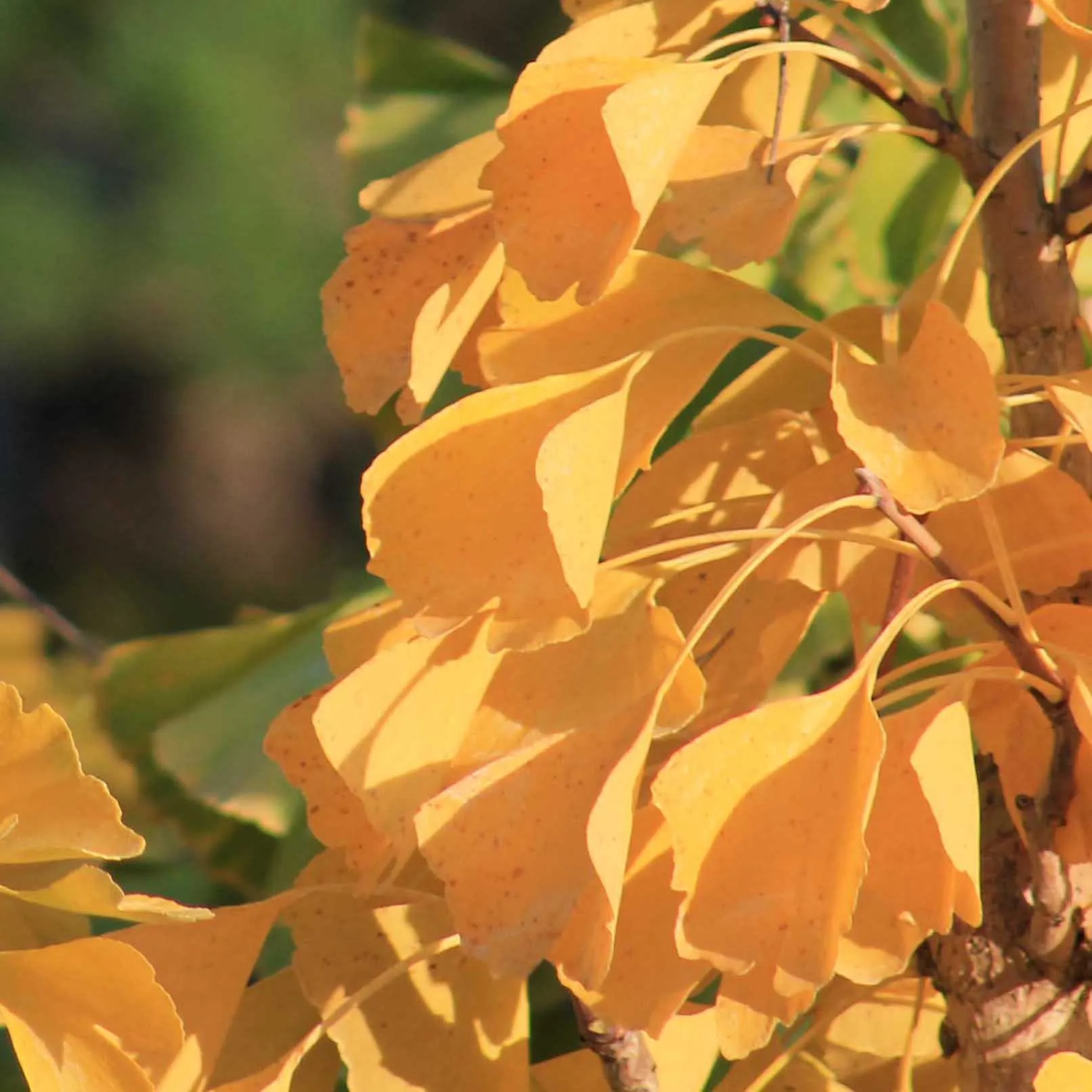

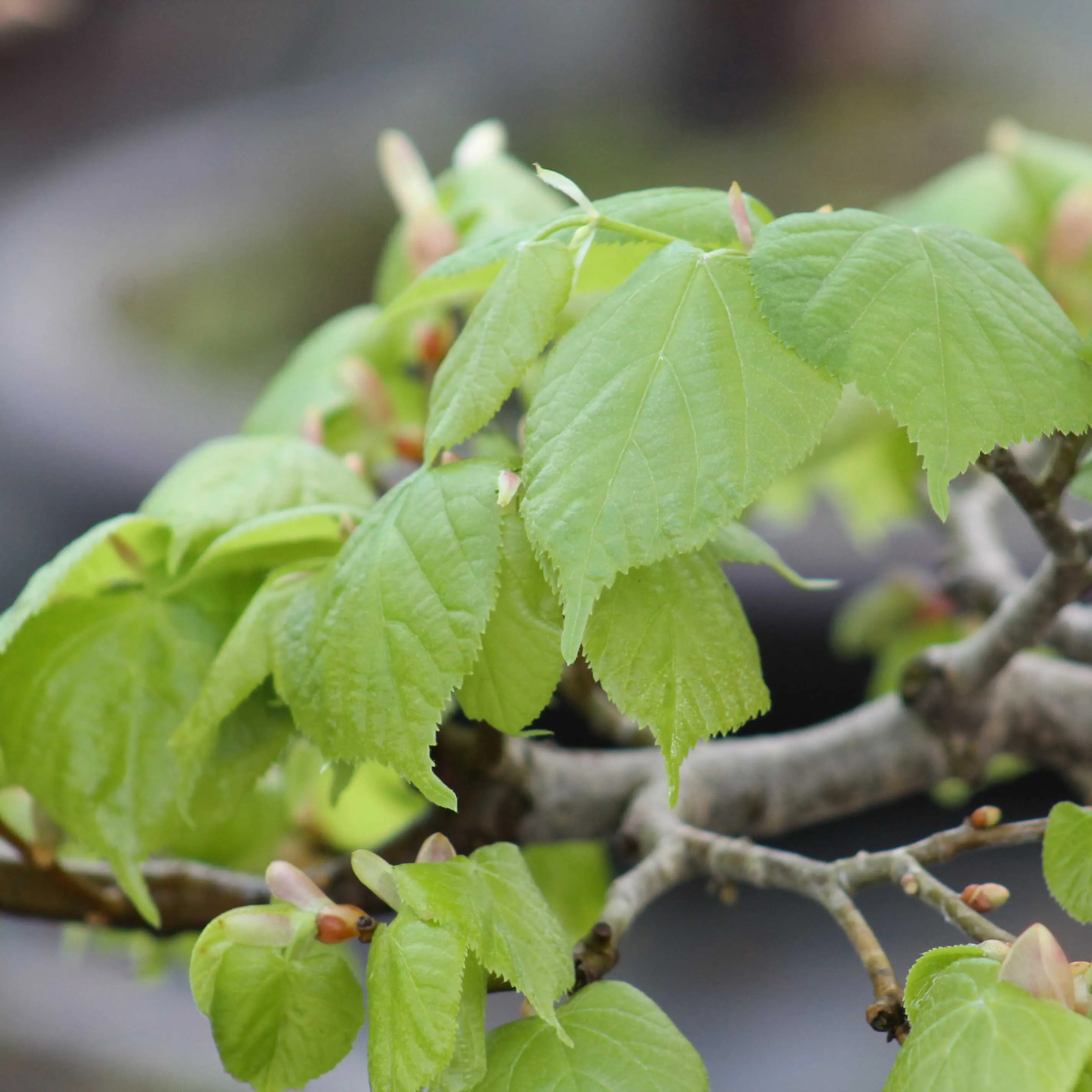
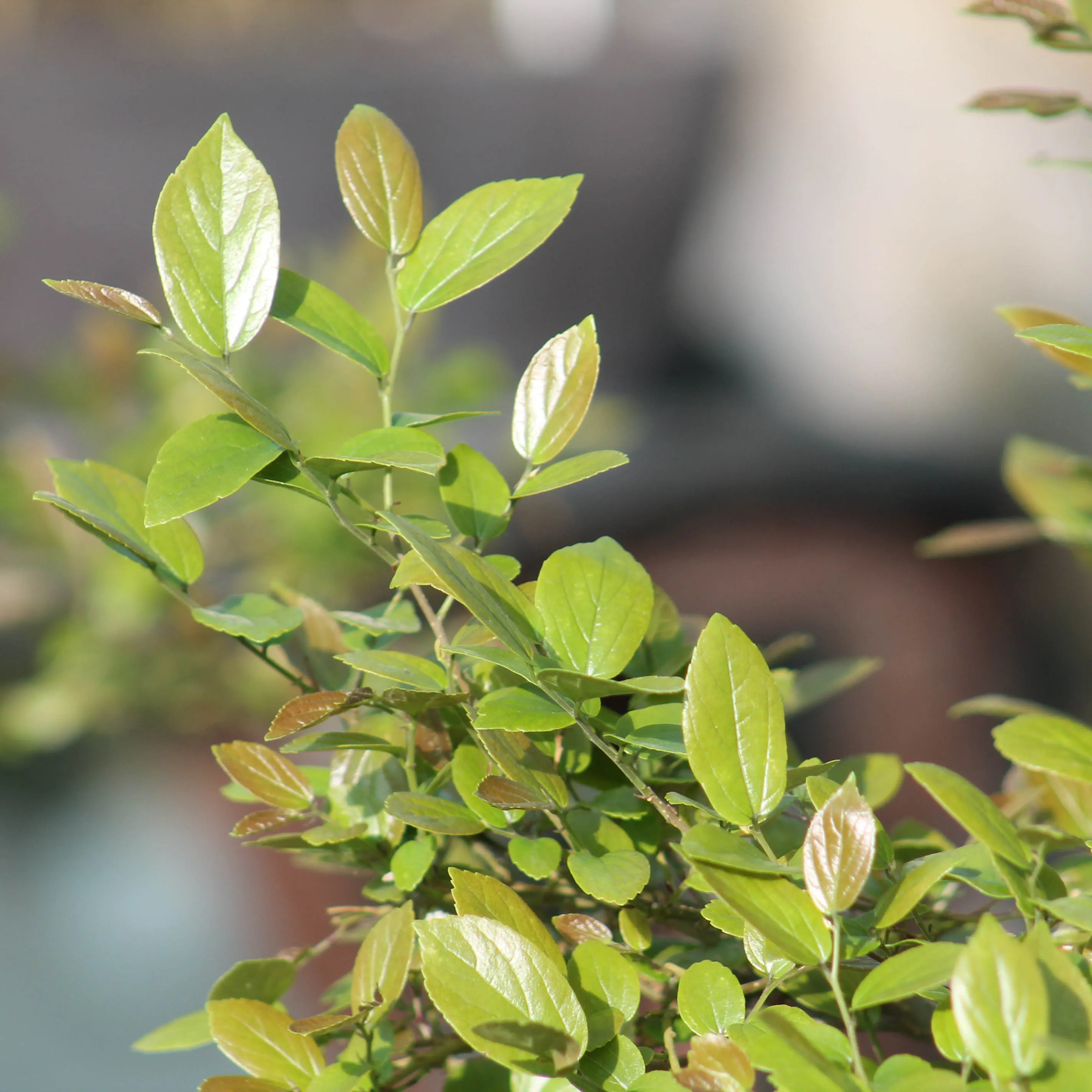


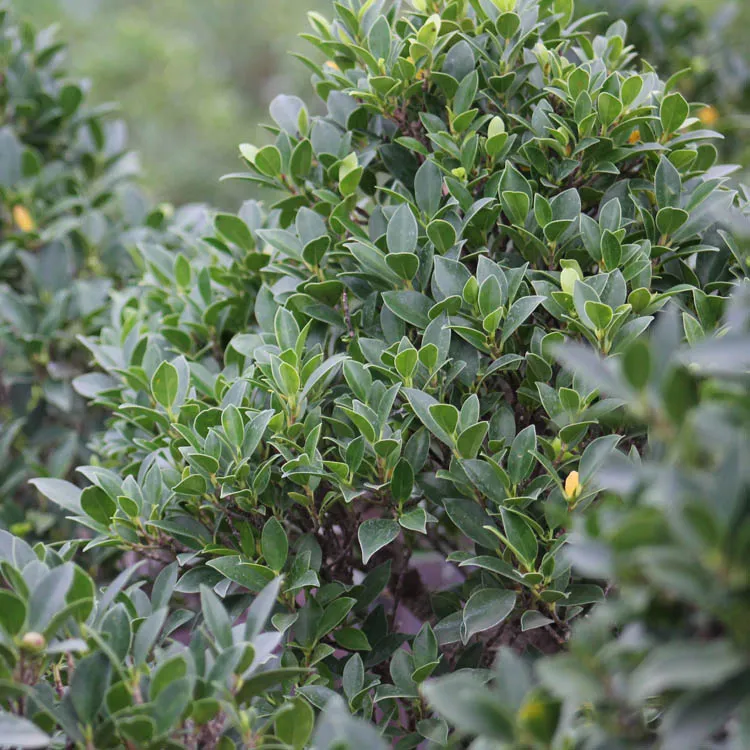
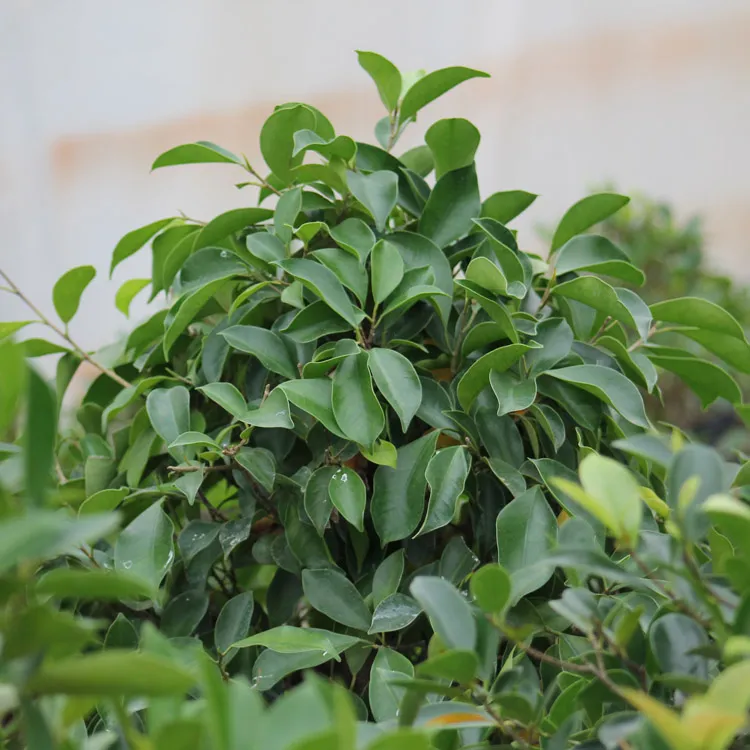
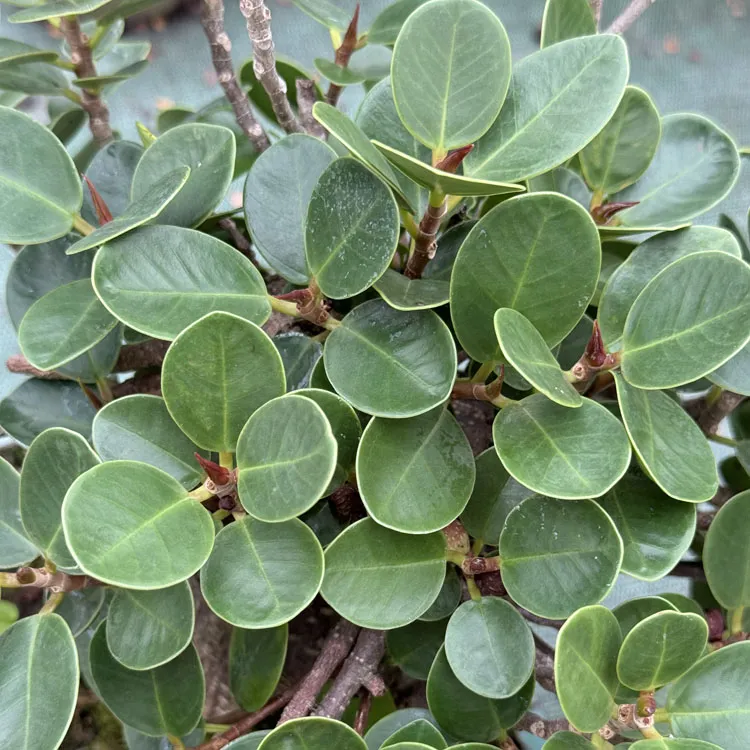
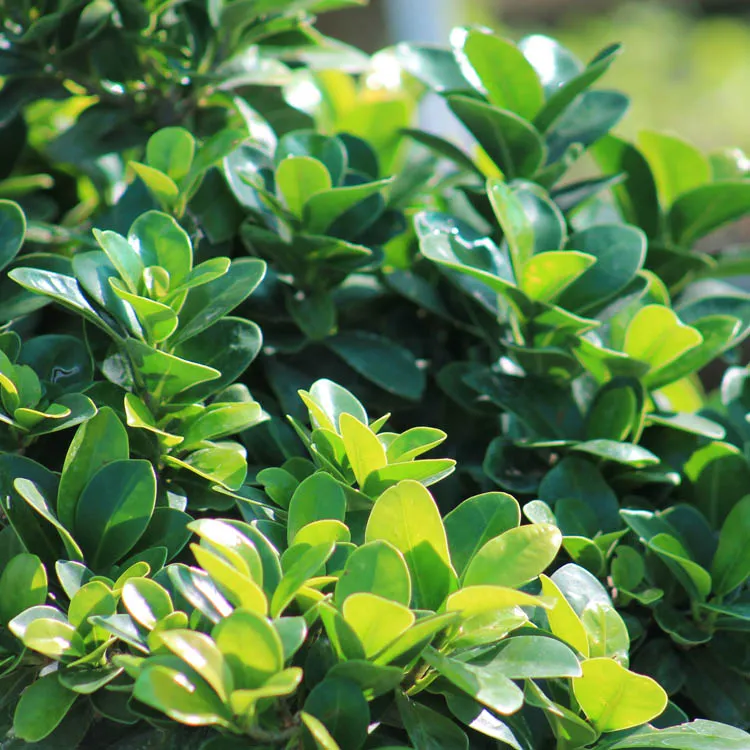
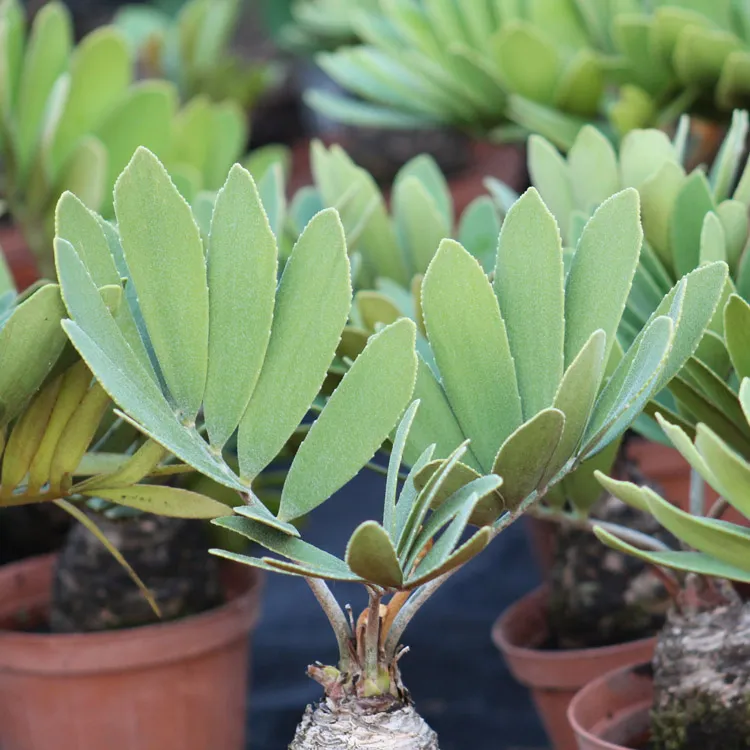
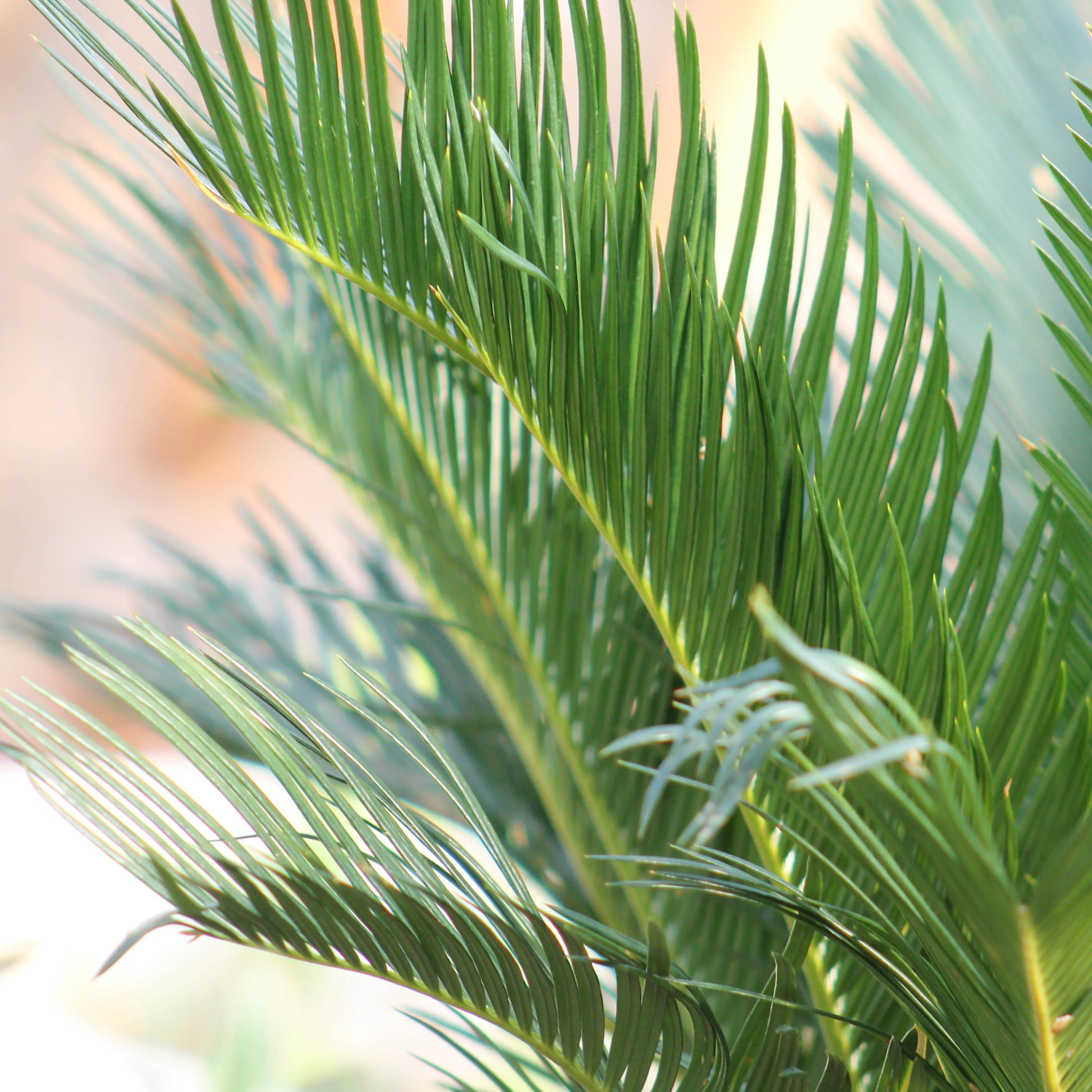
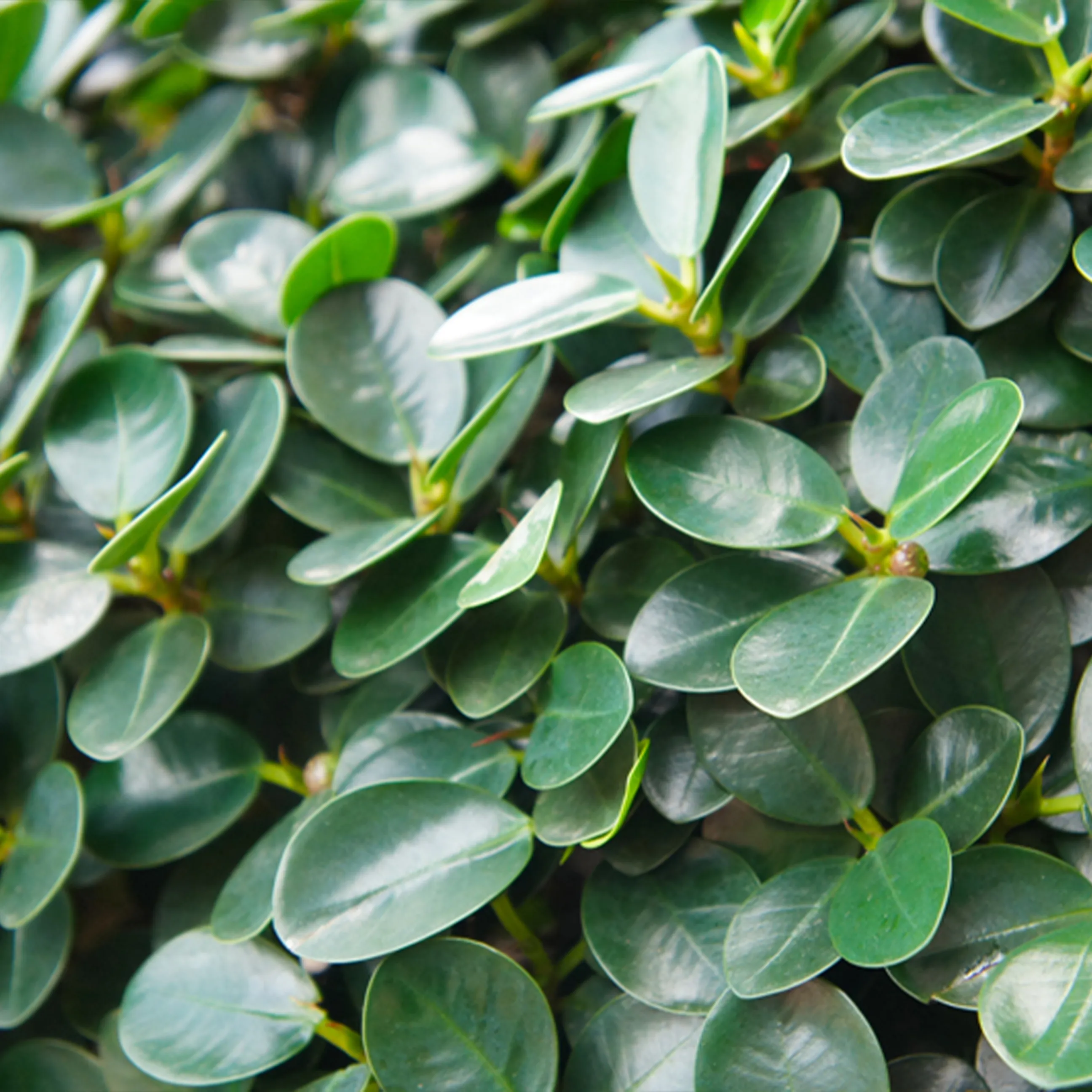
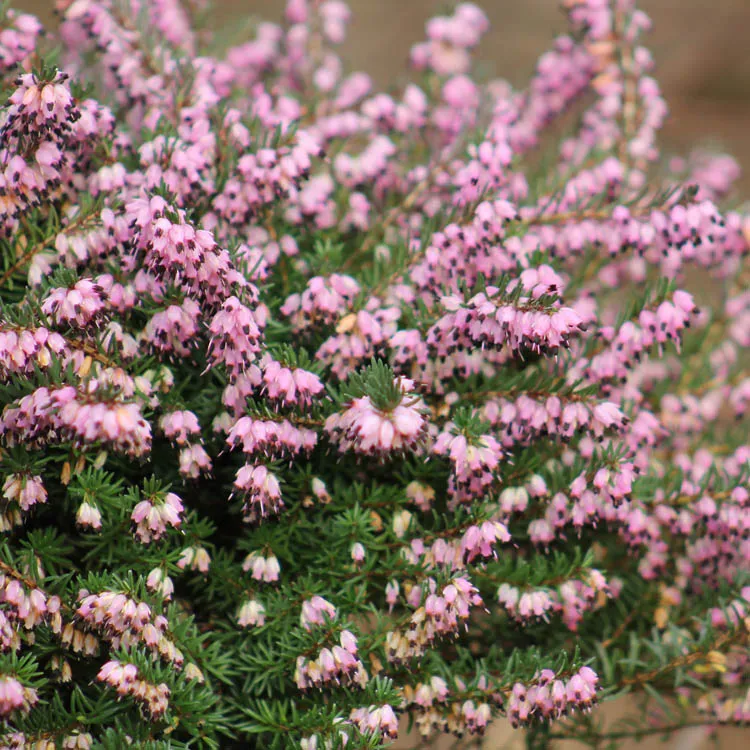
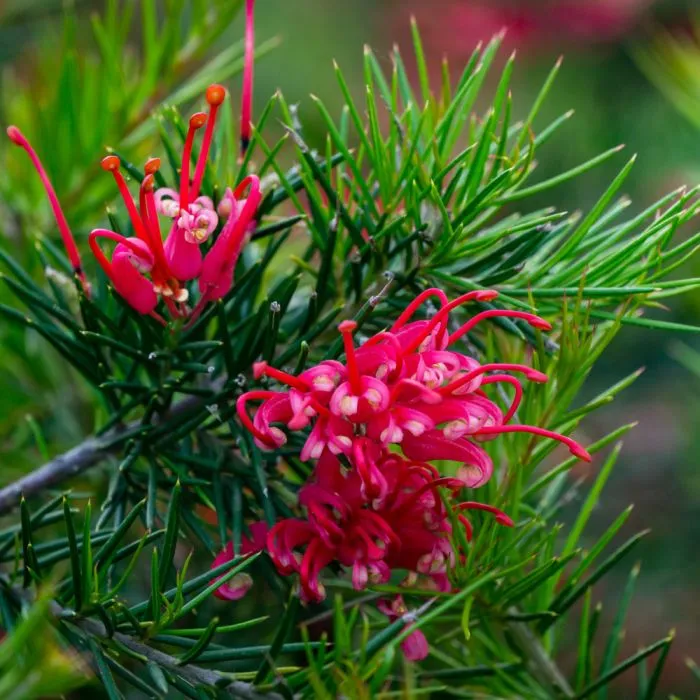
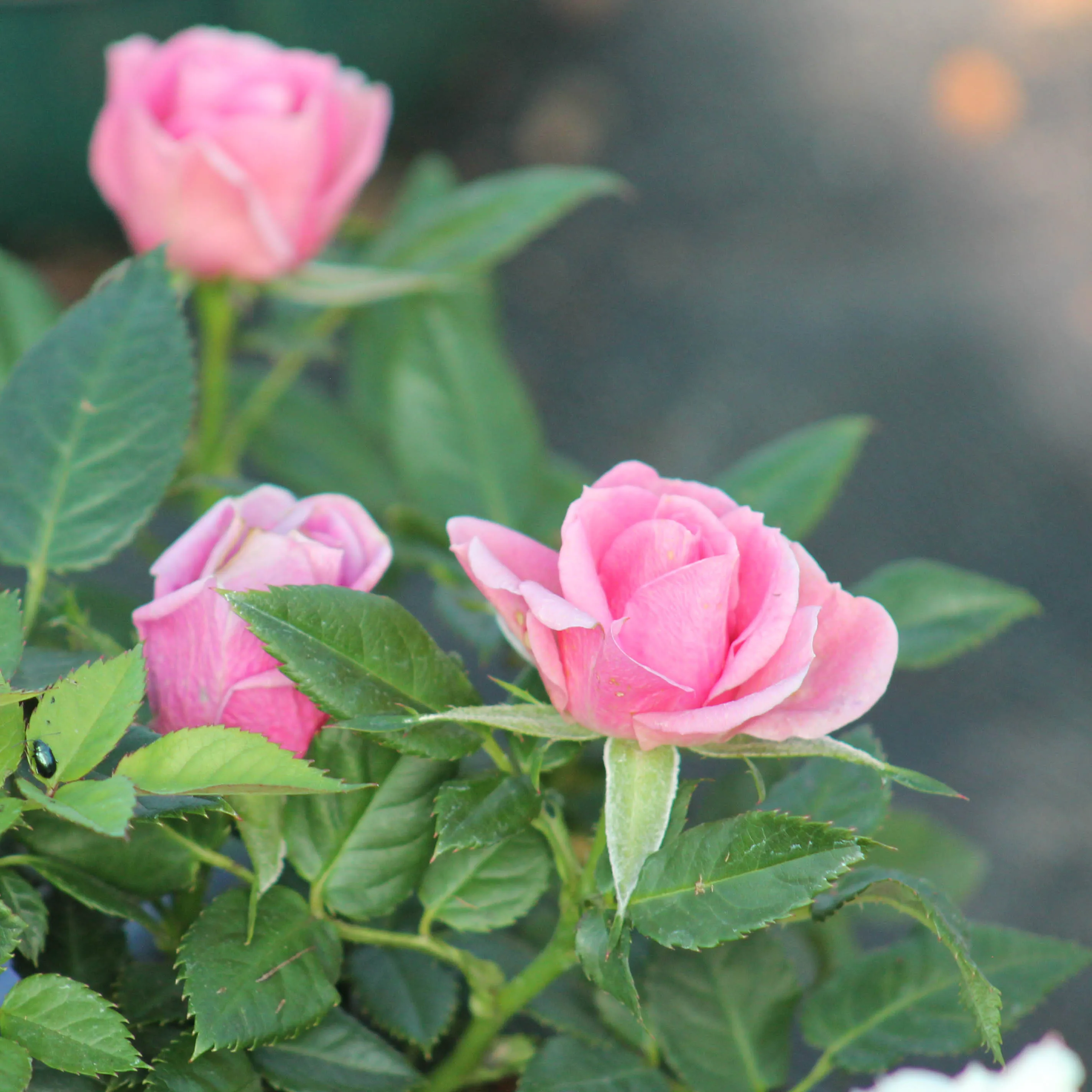
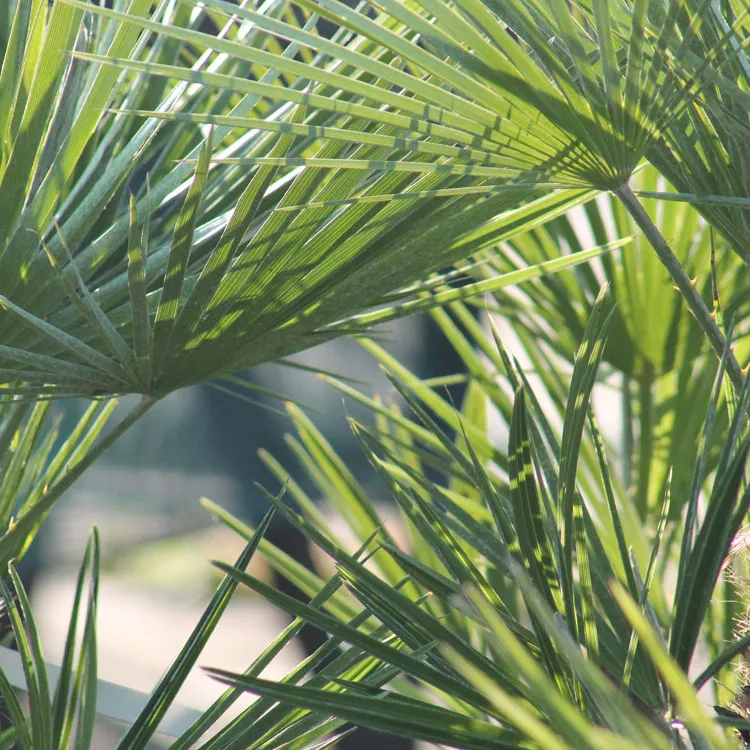
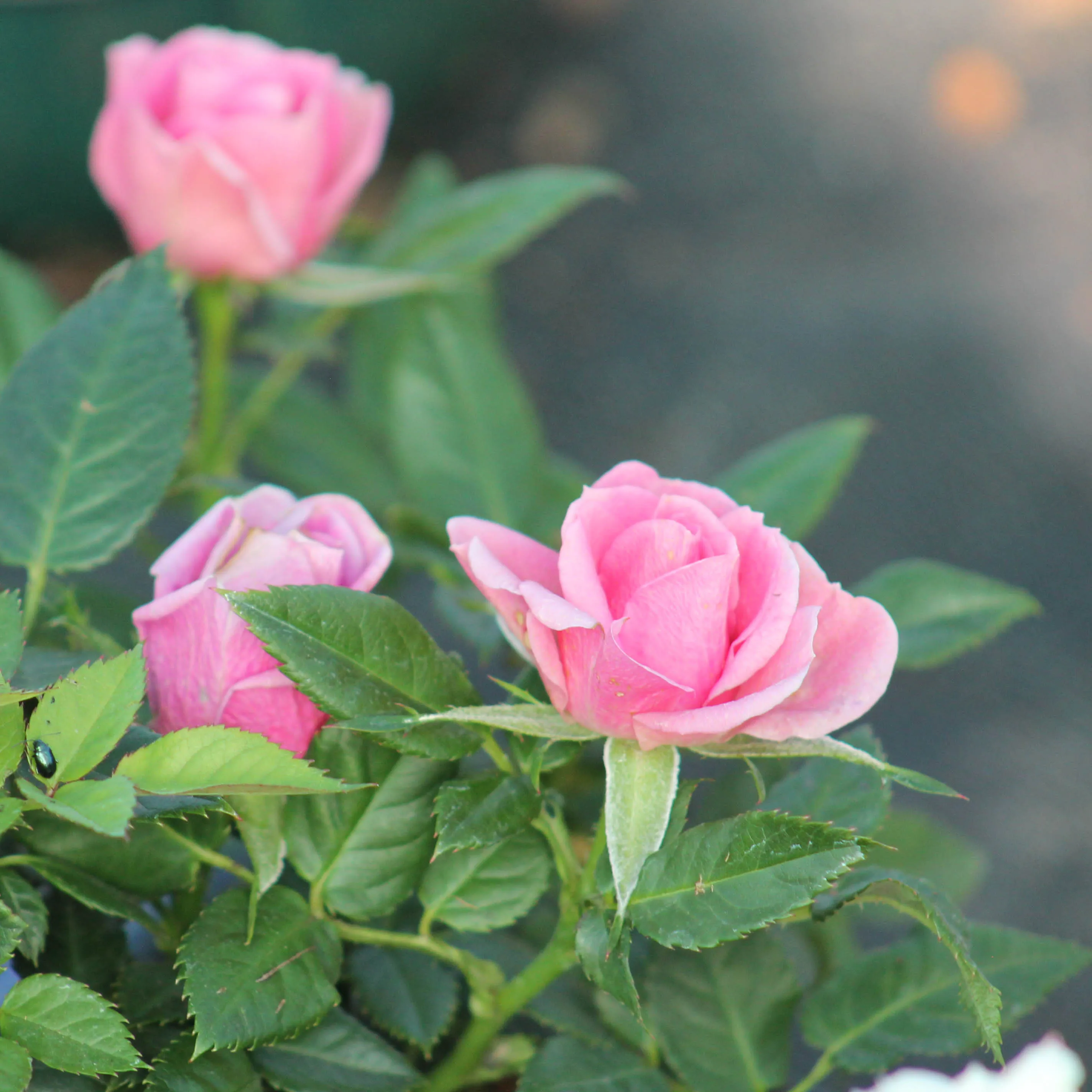
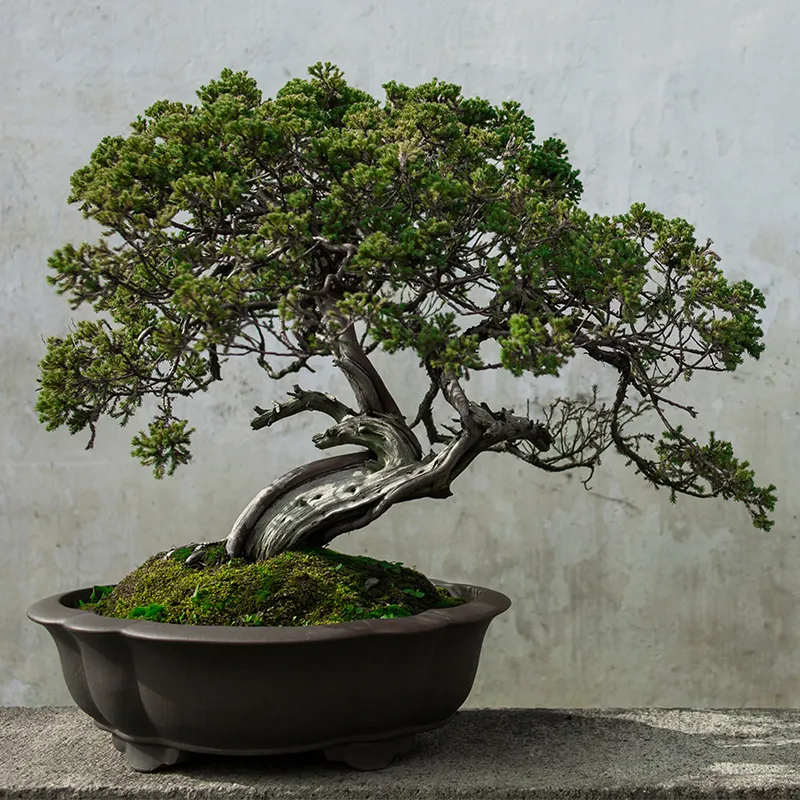
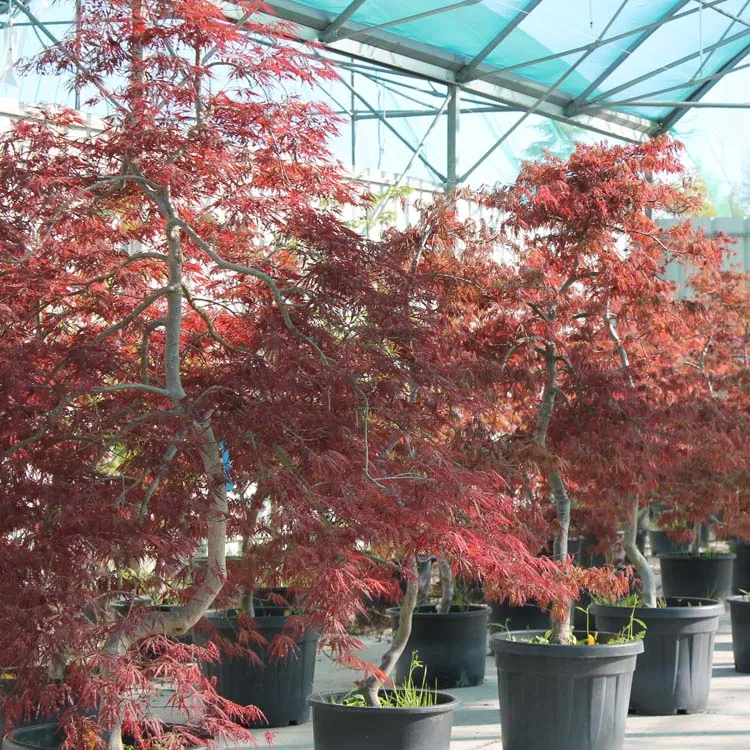
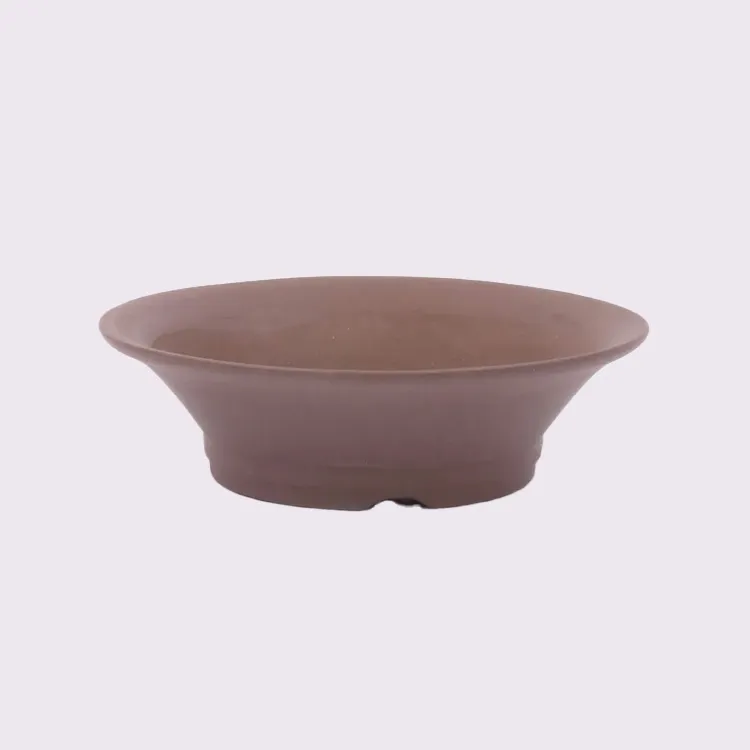

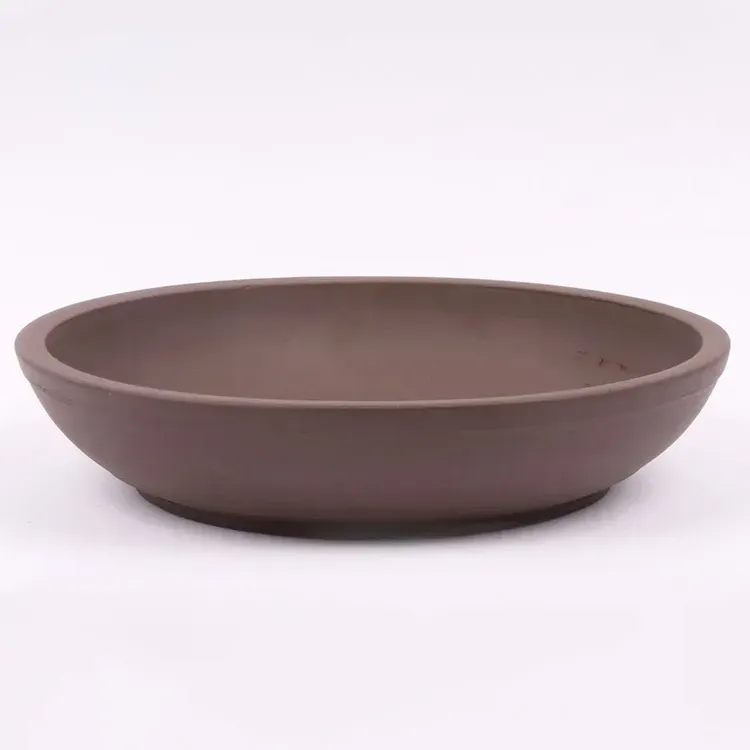
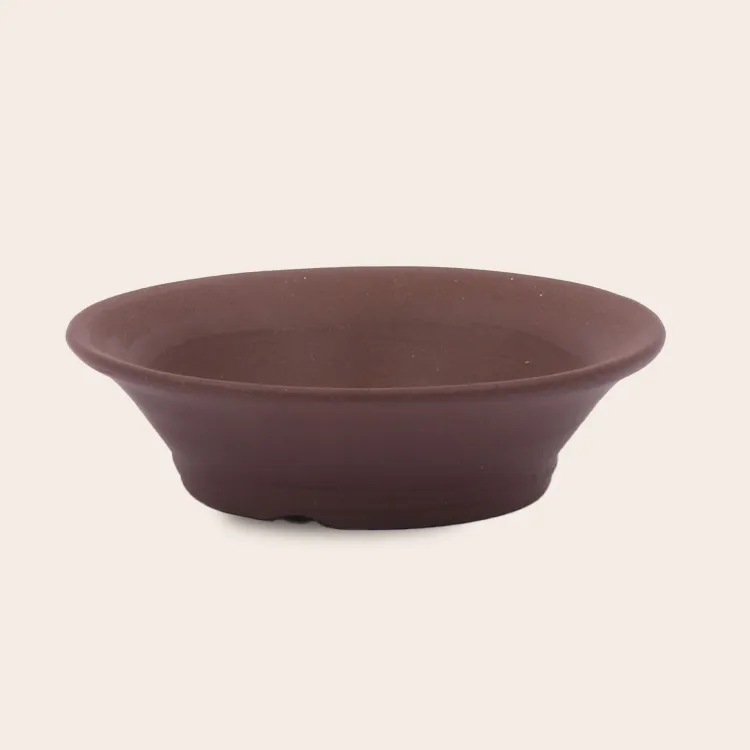
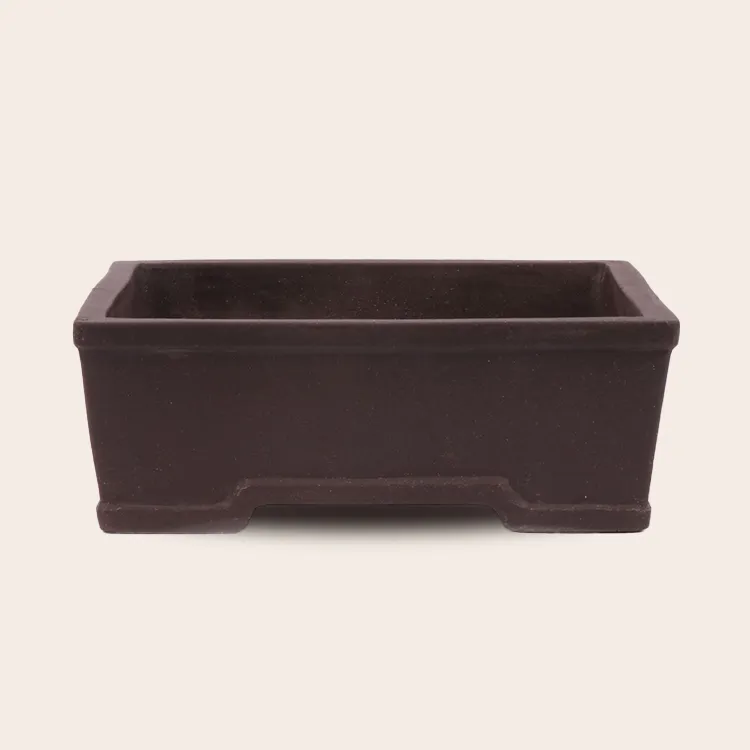
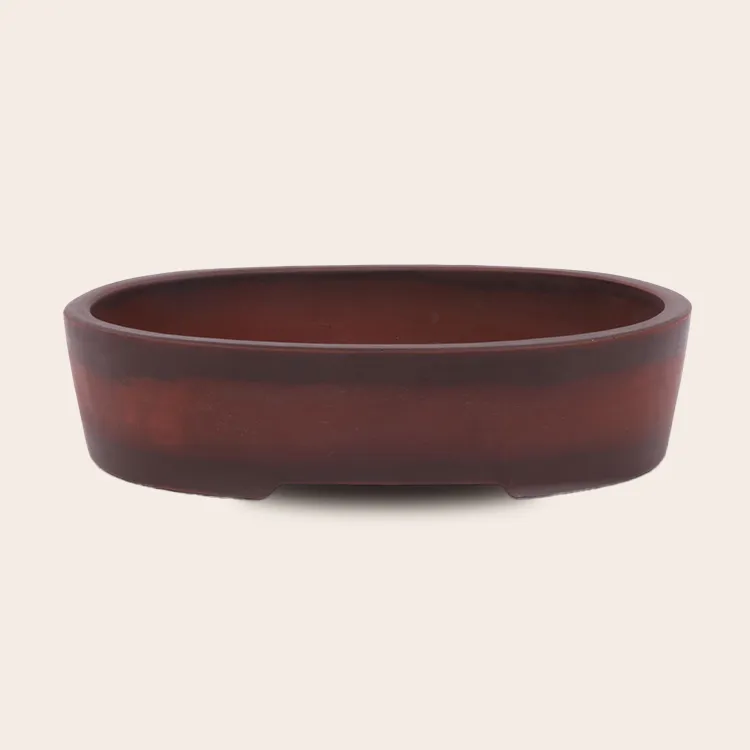
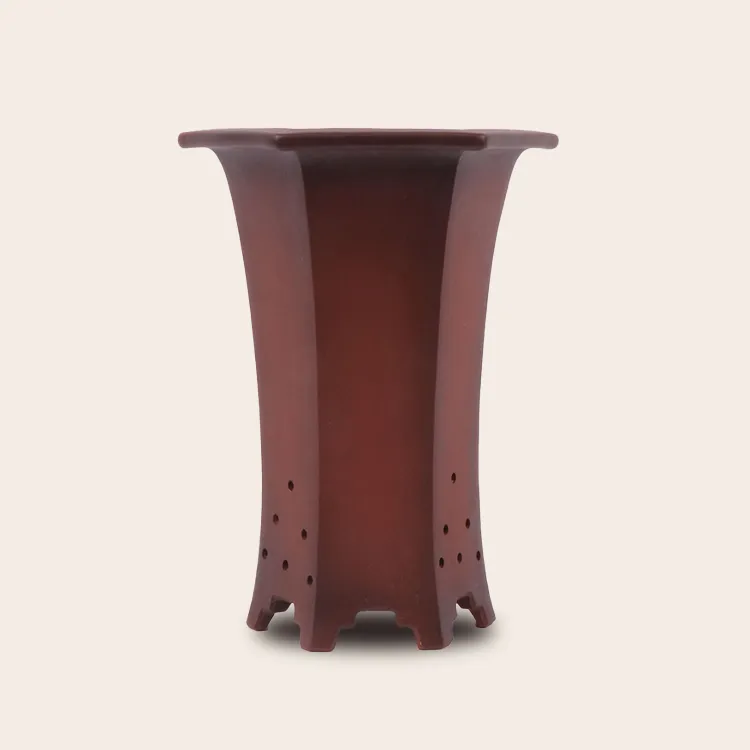
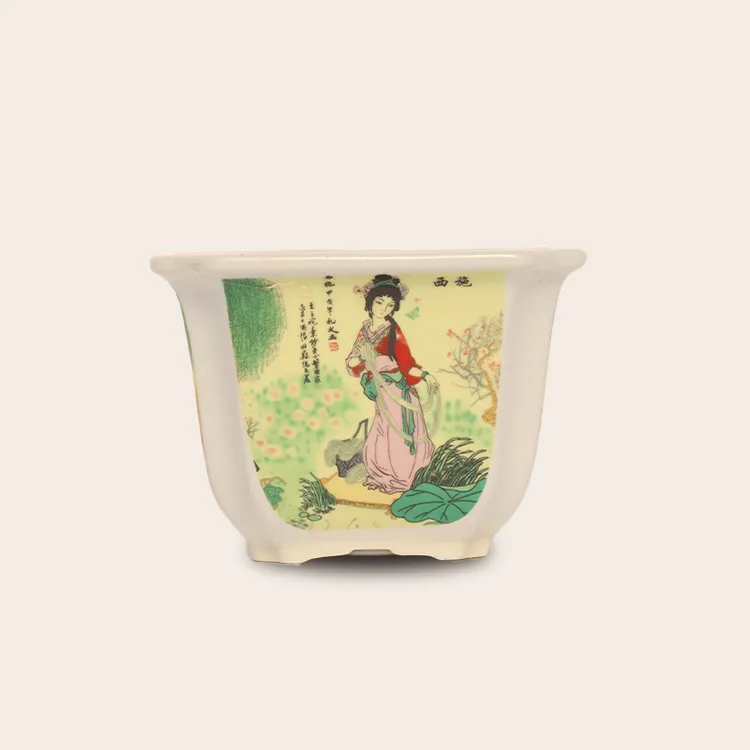
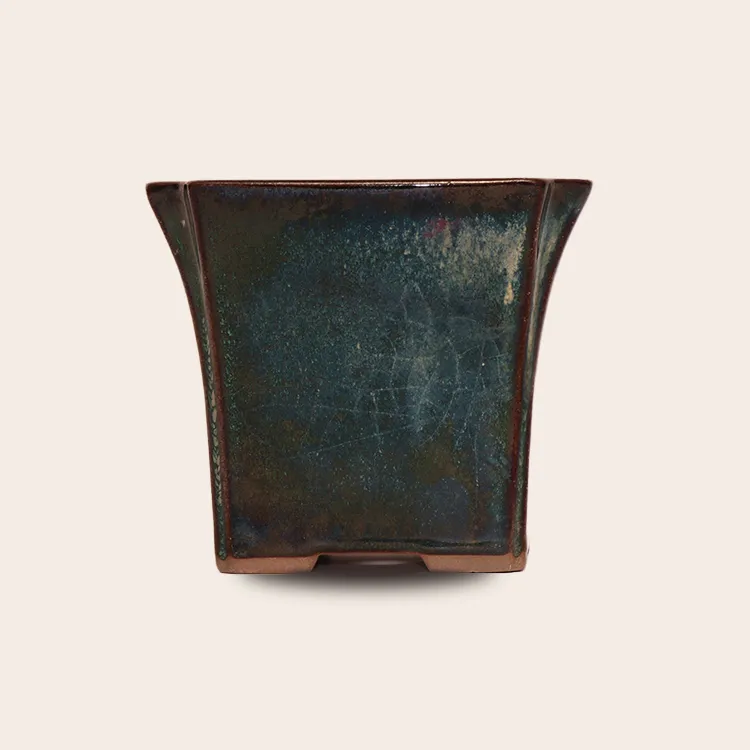
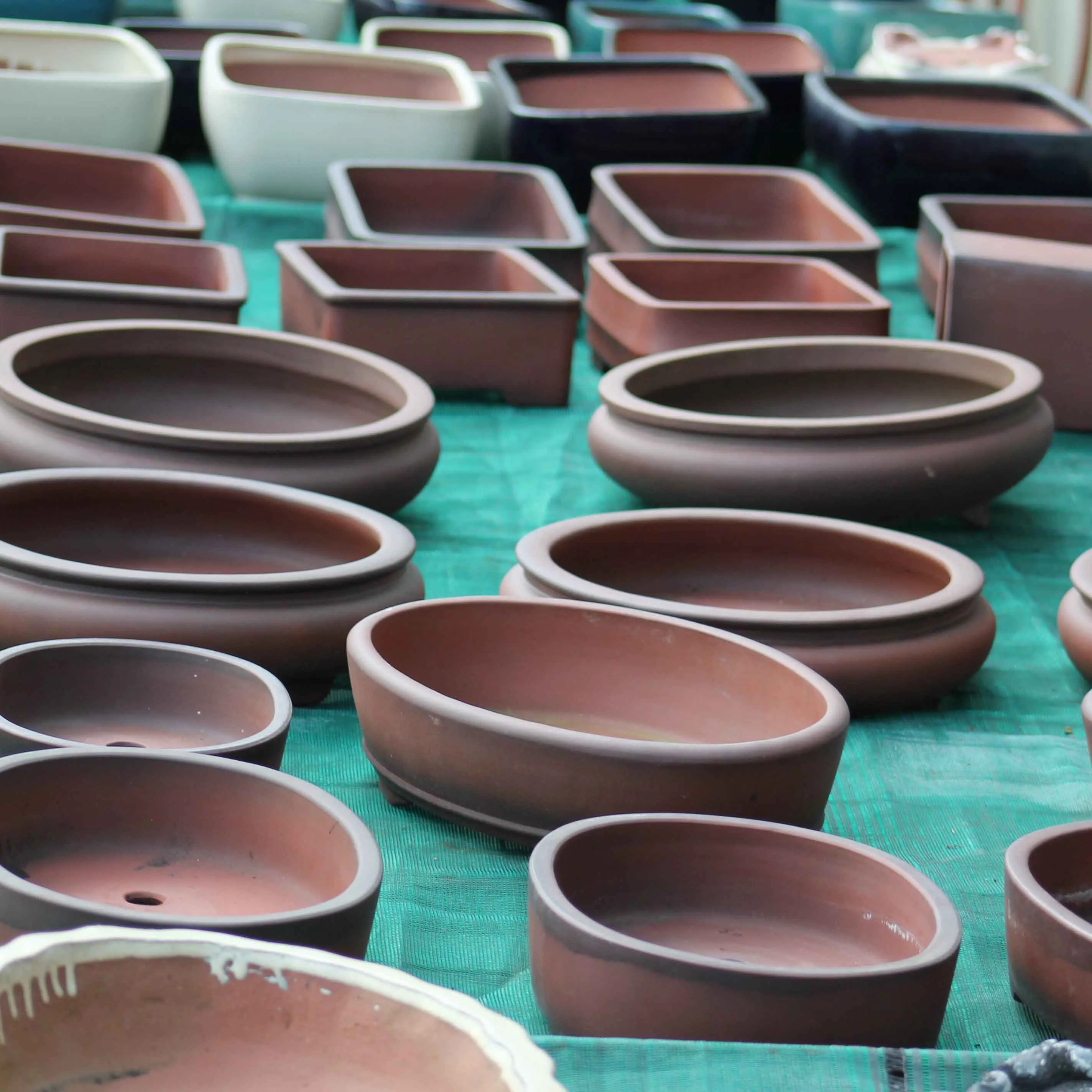
.jpg)